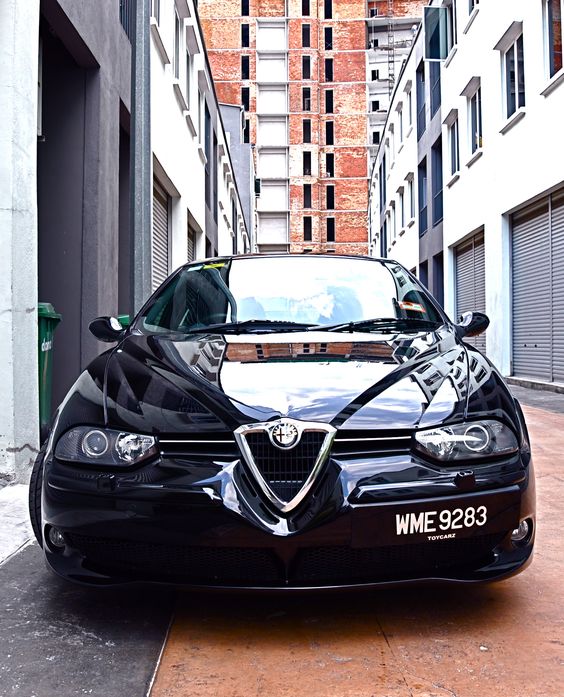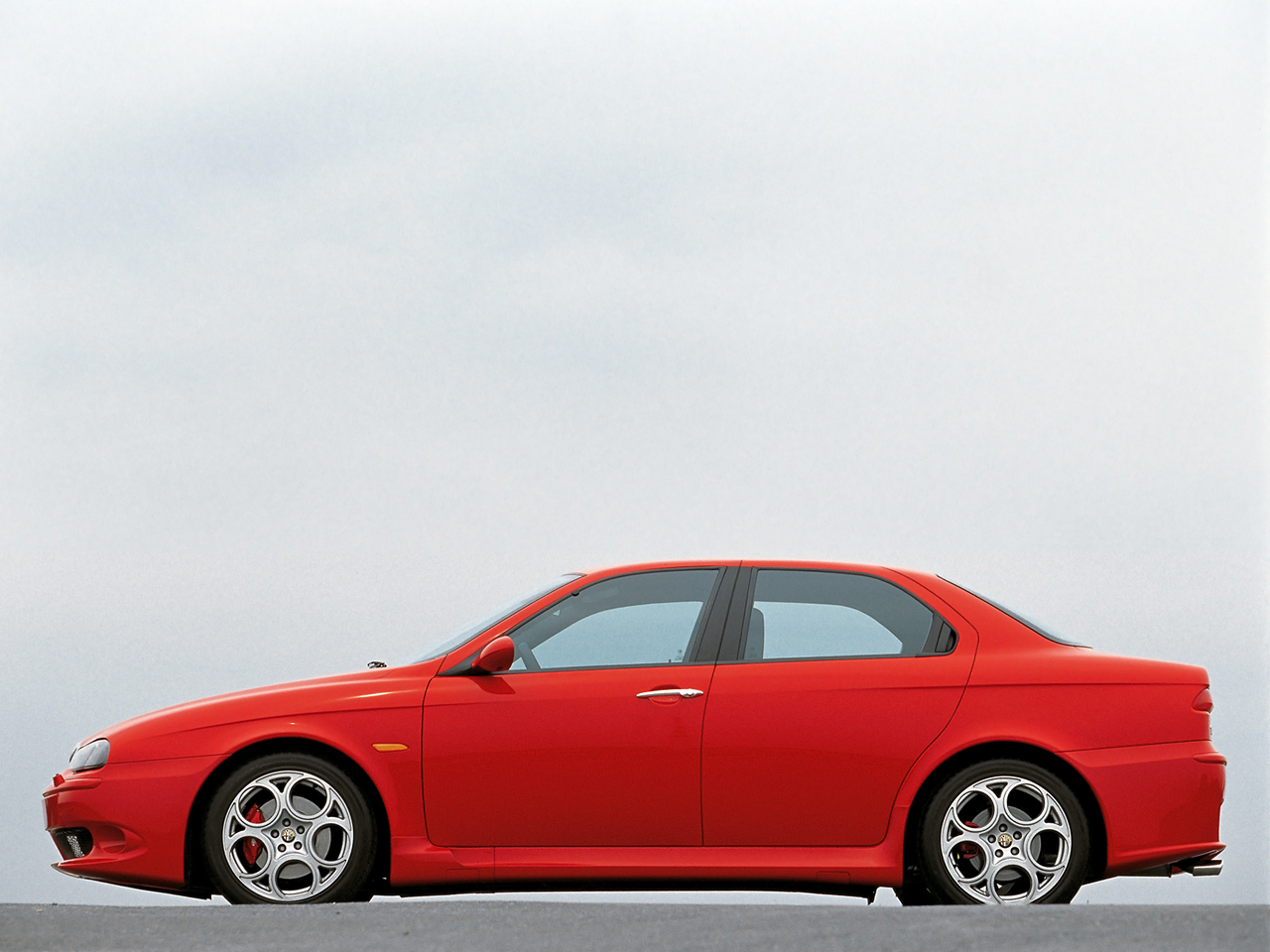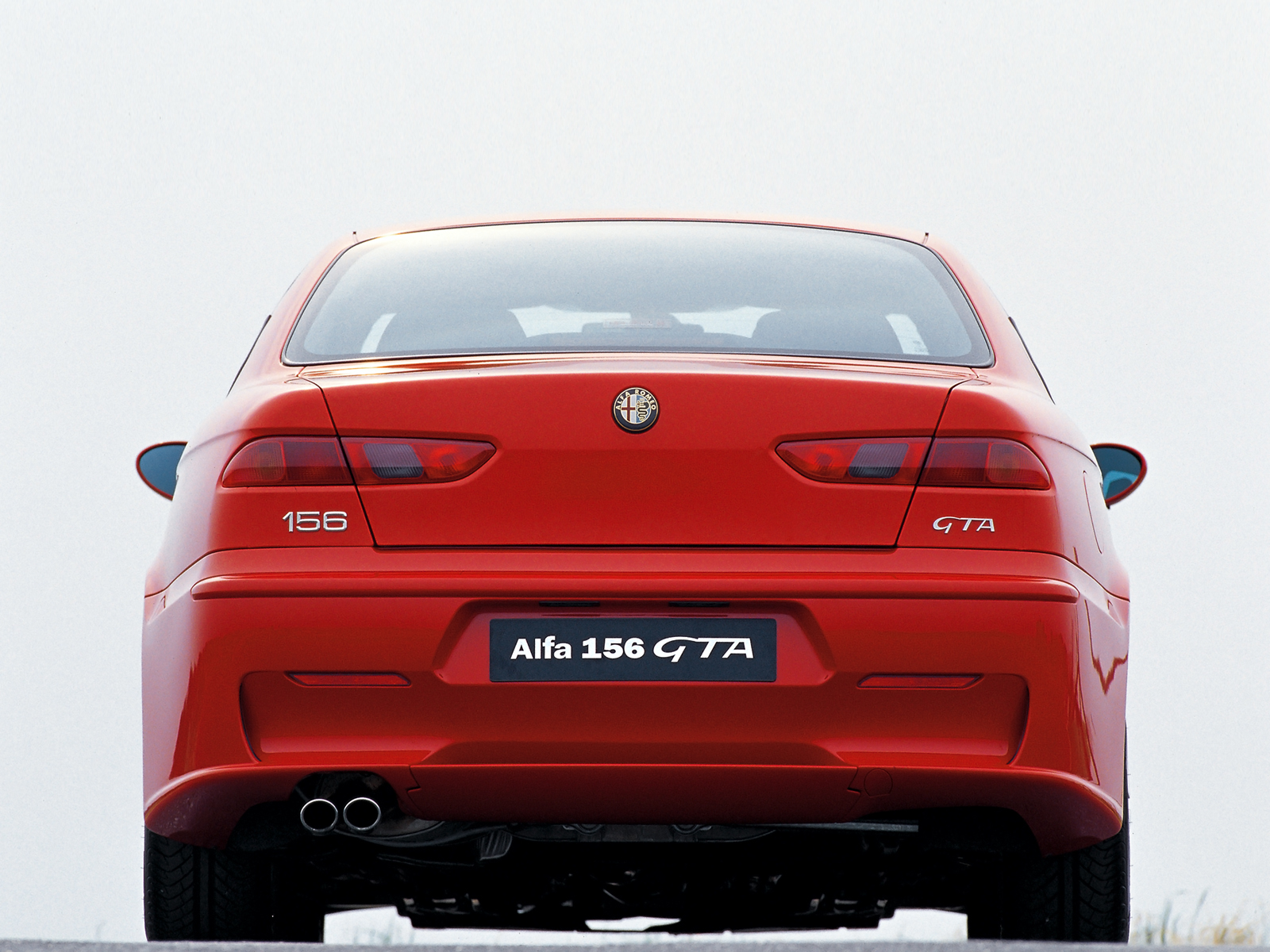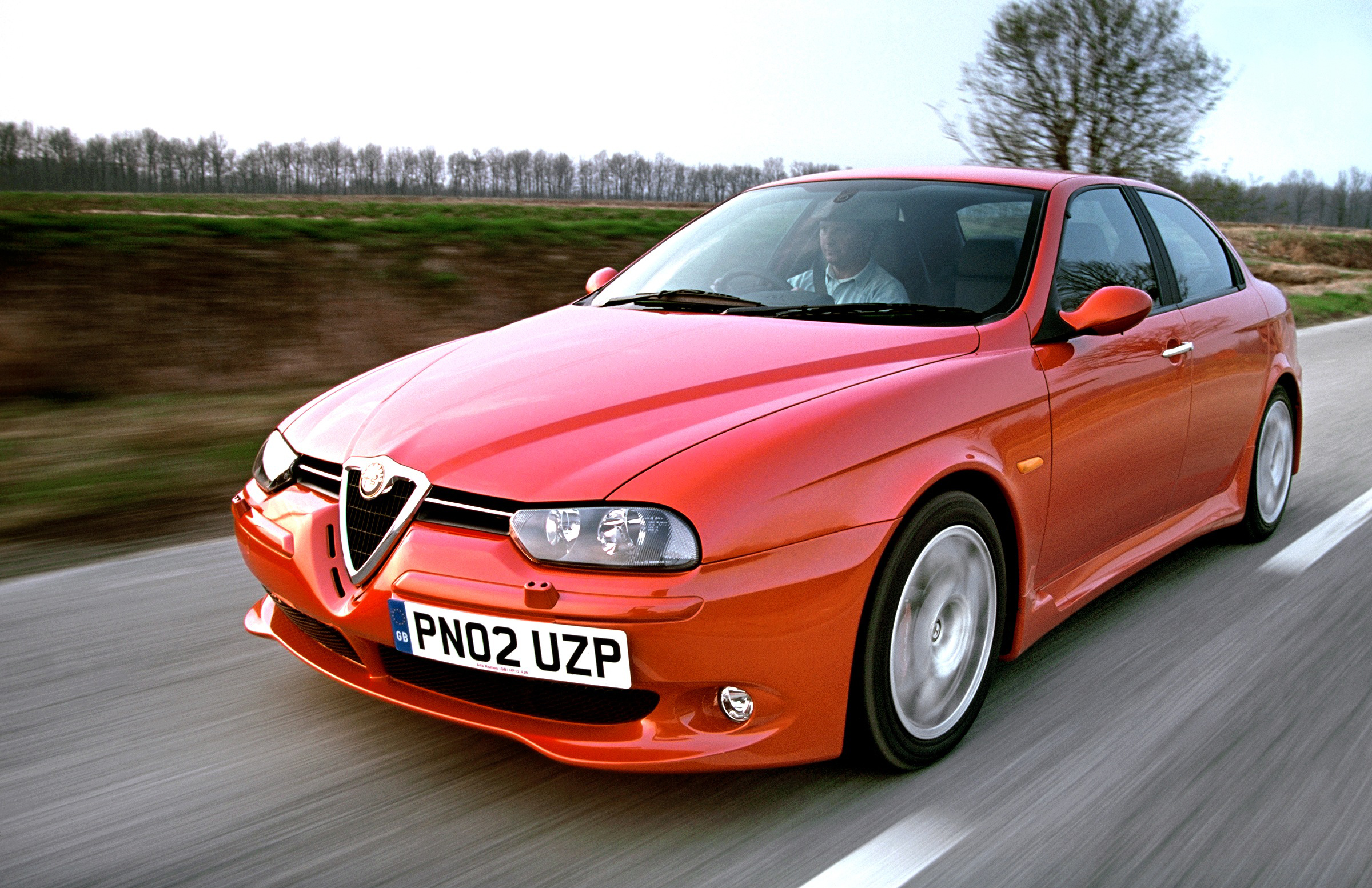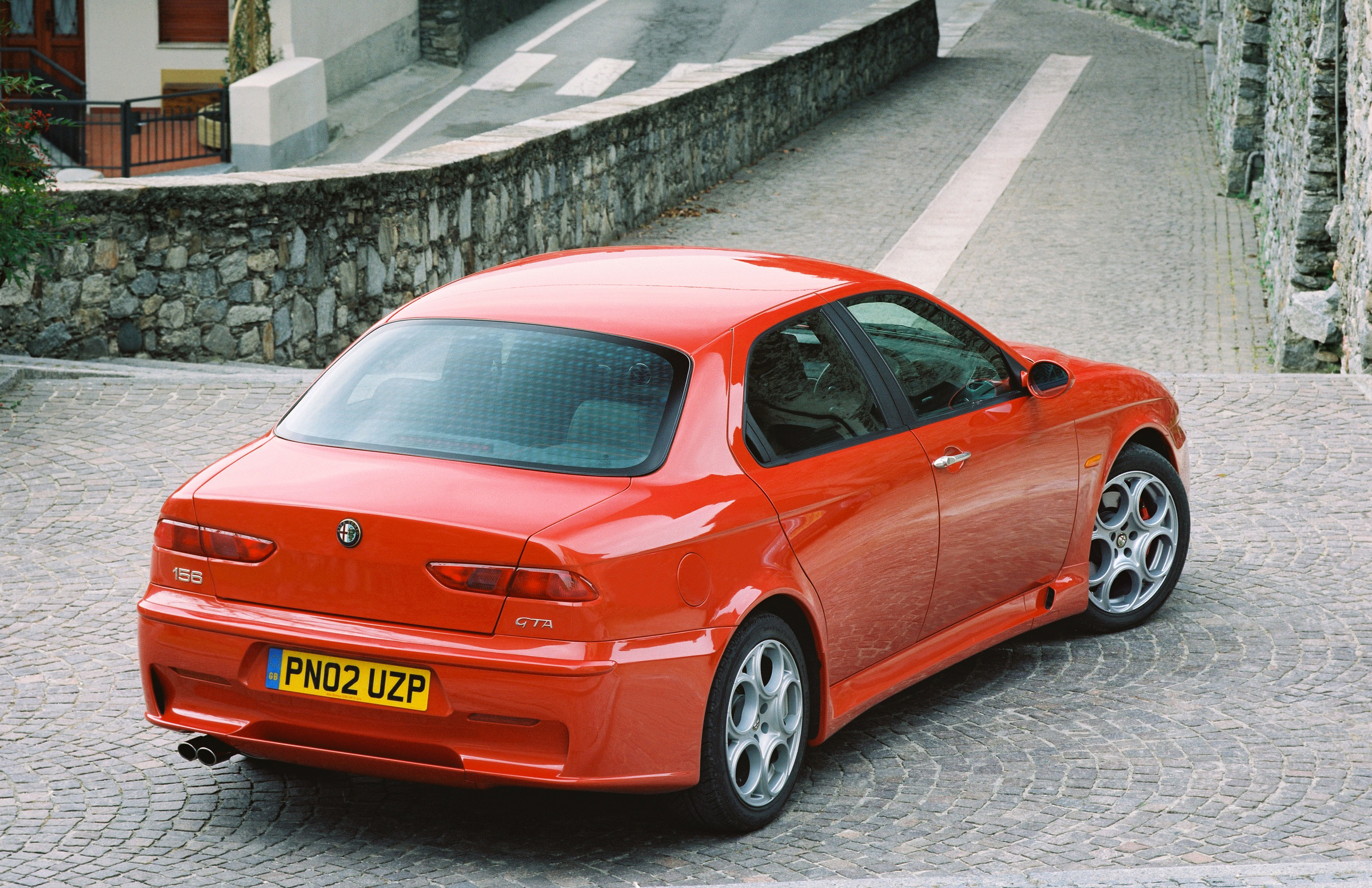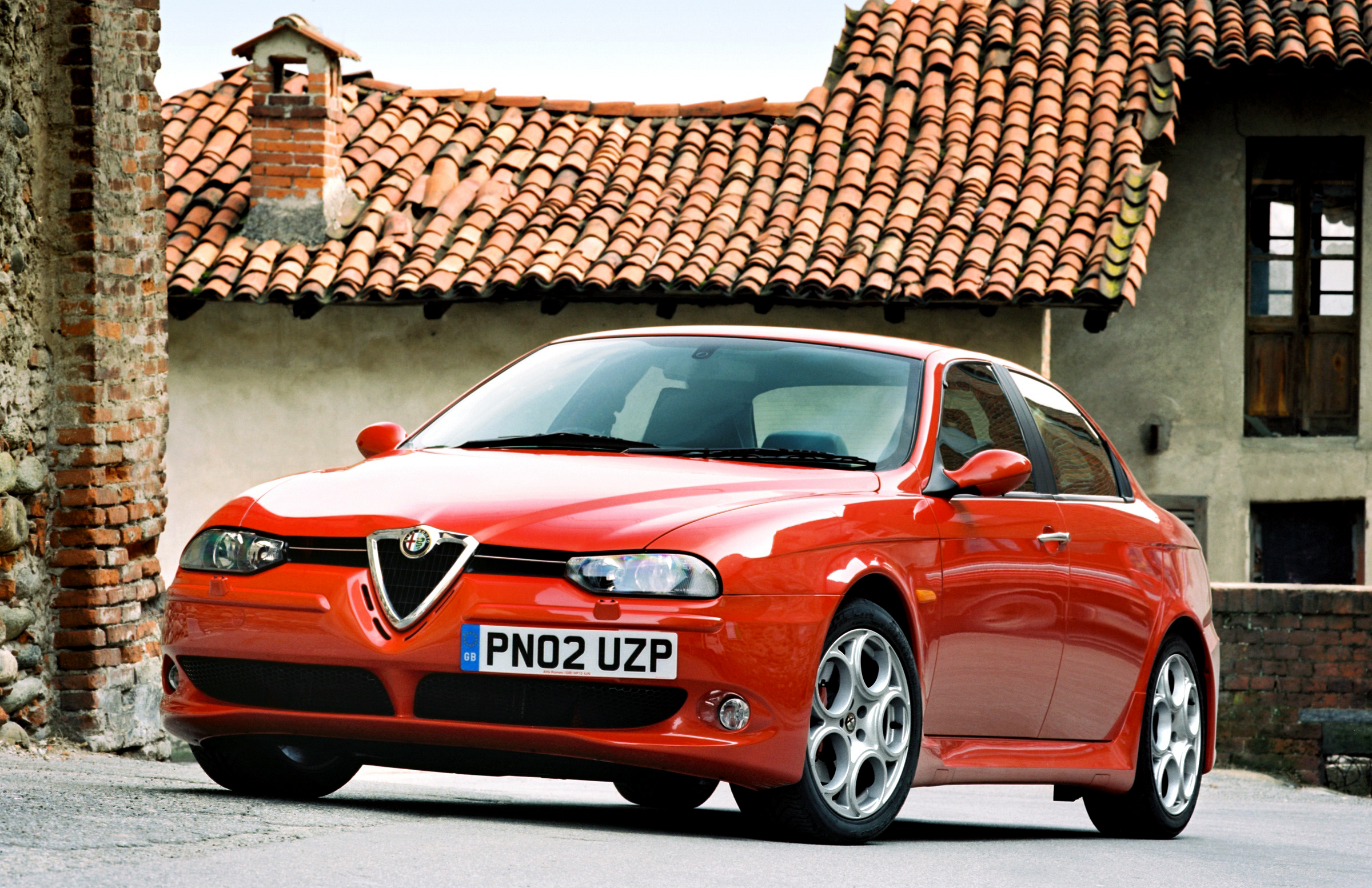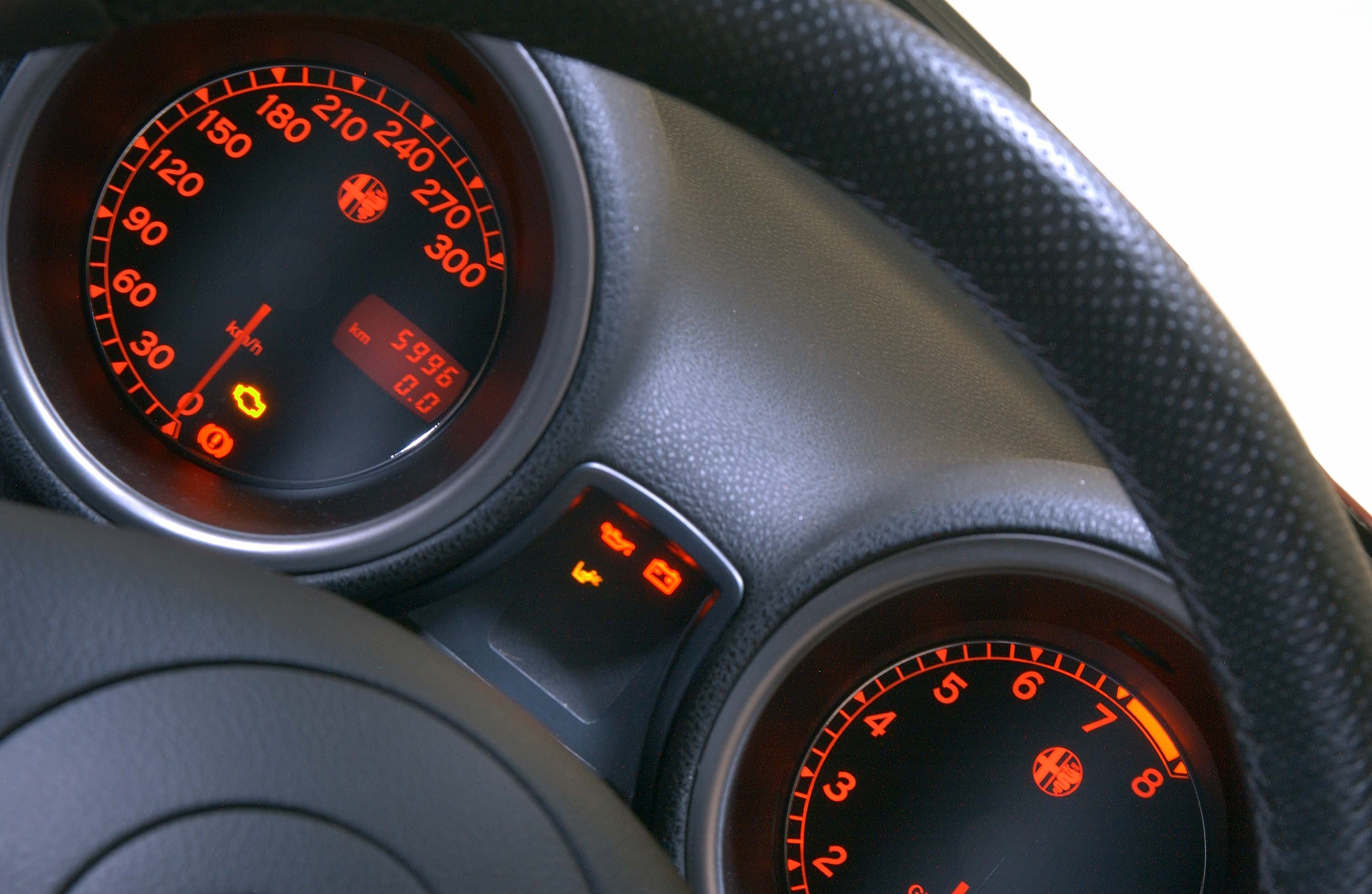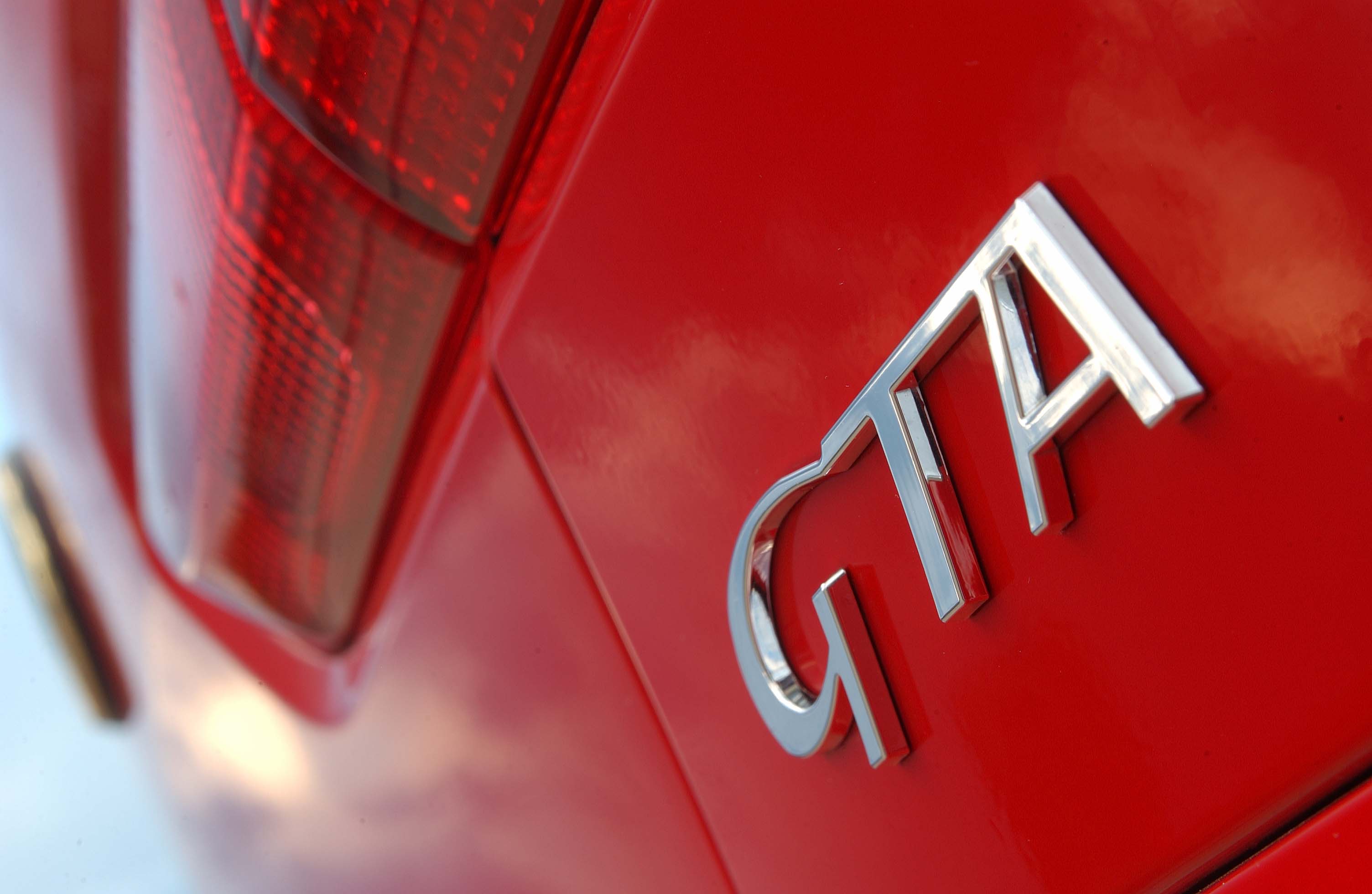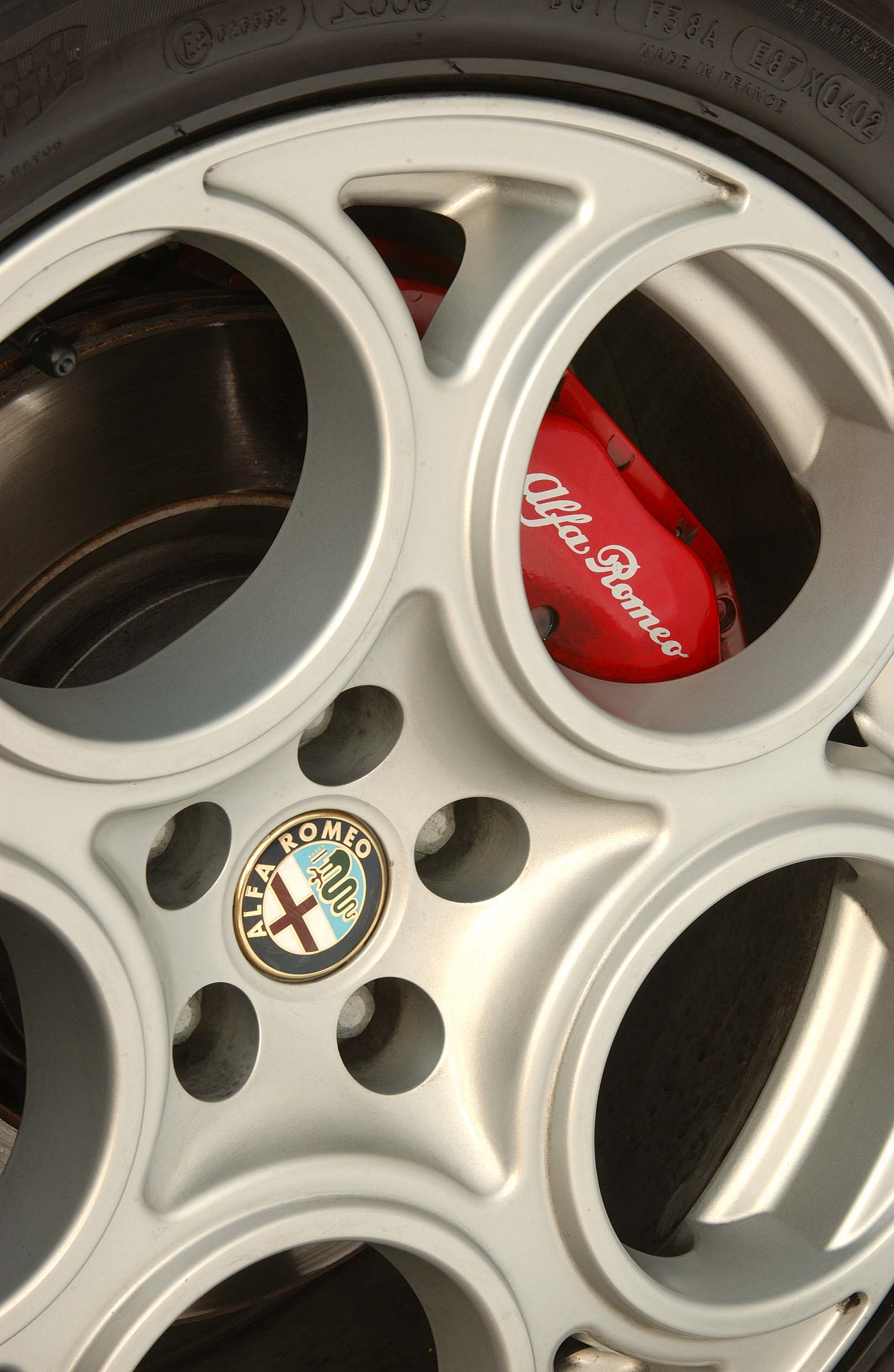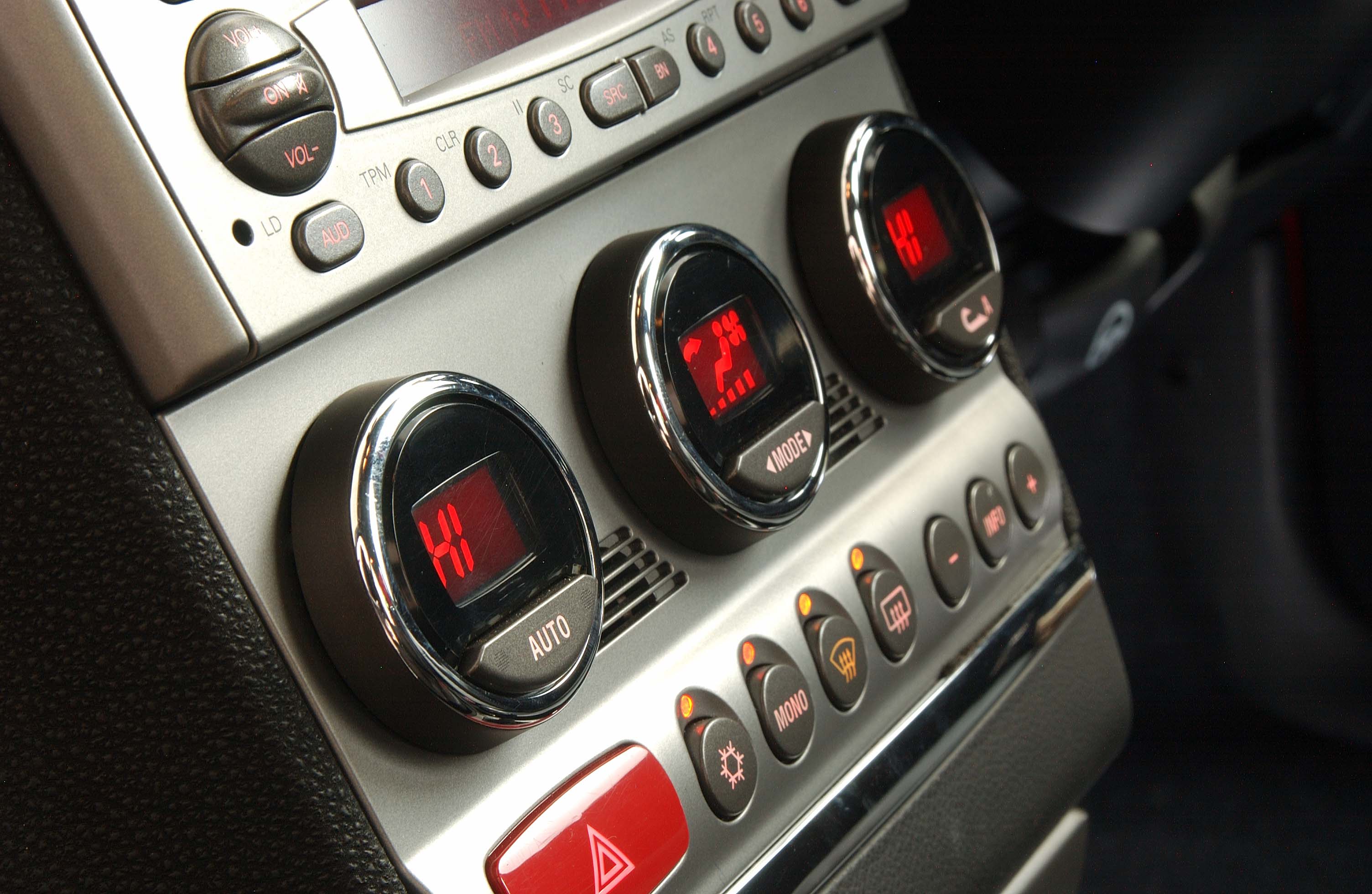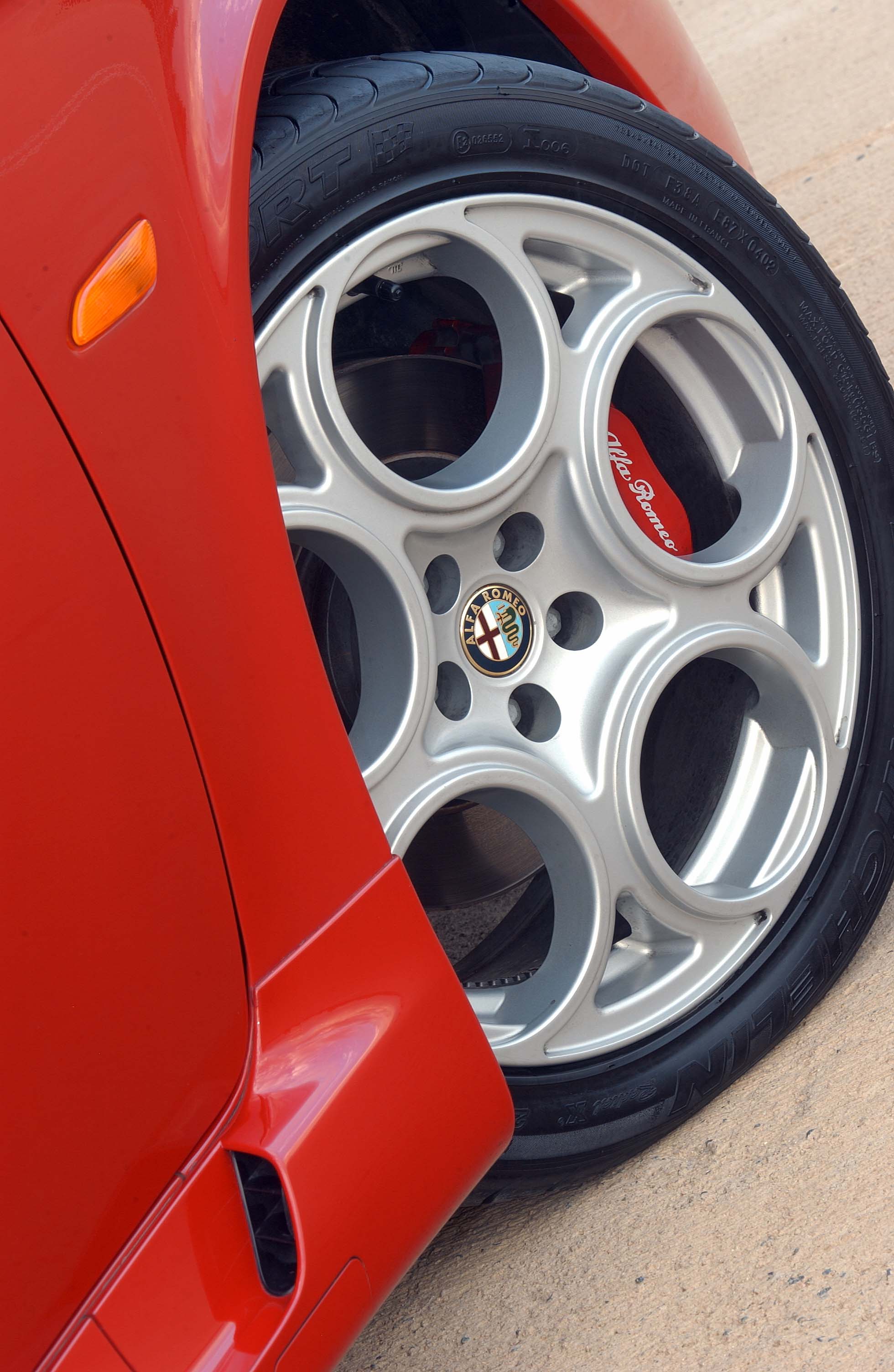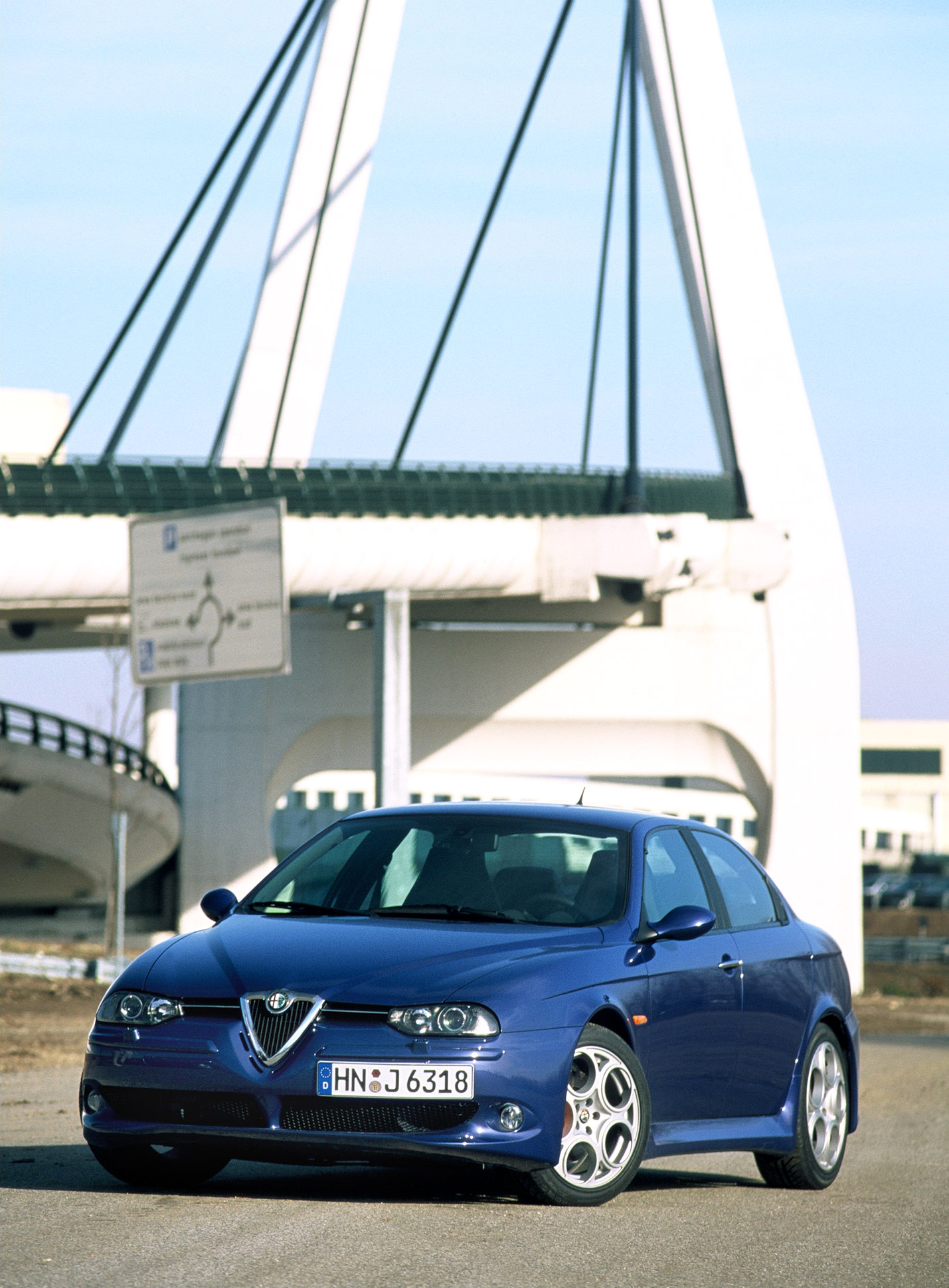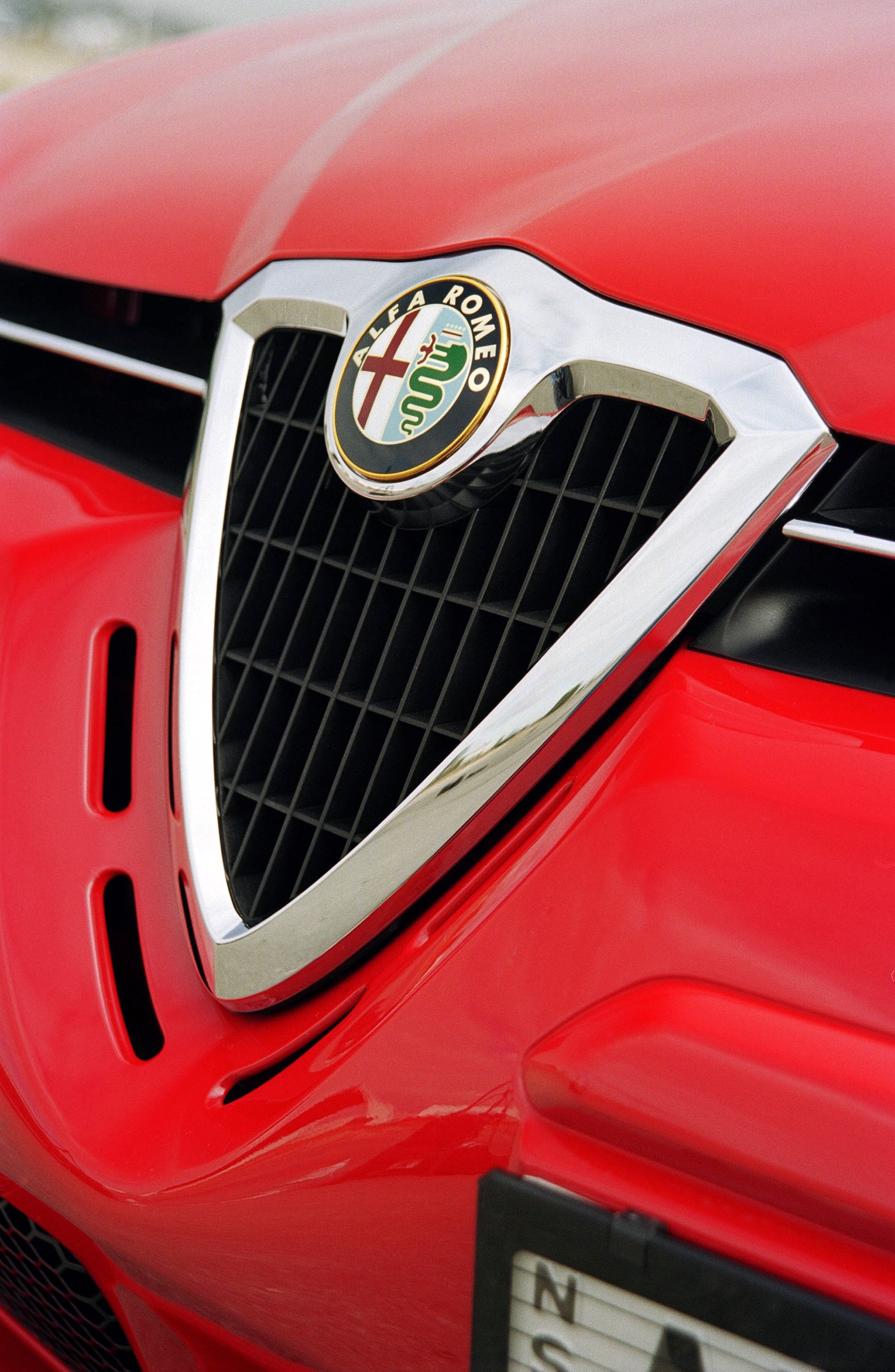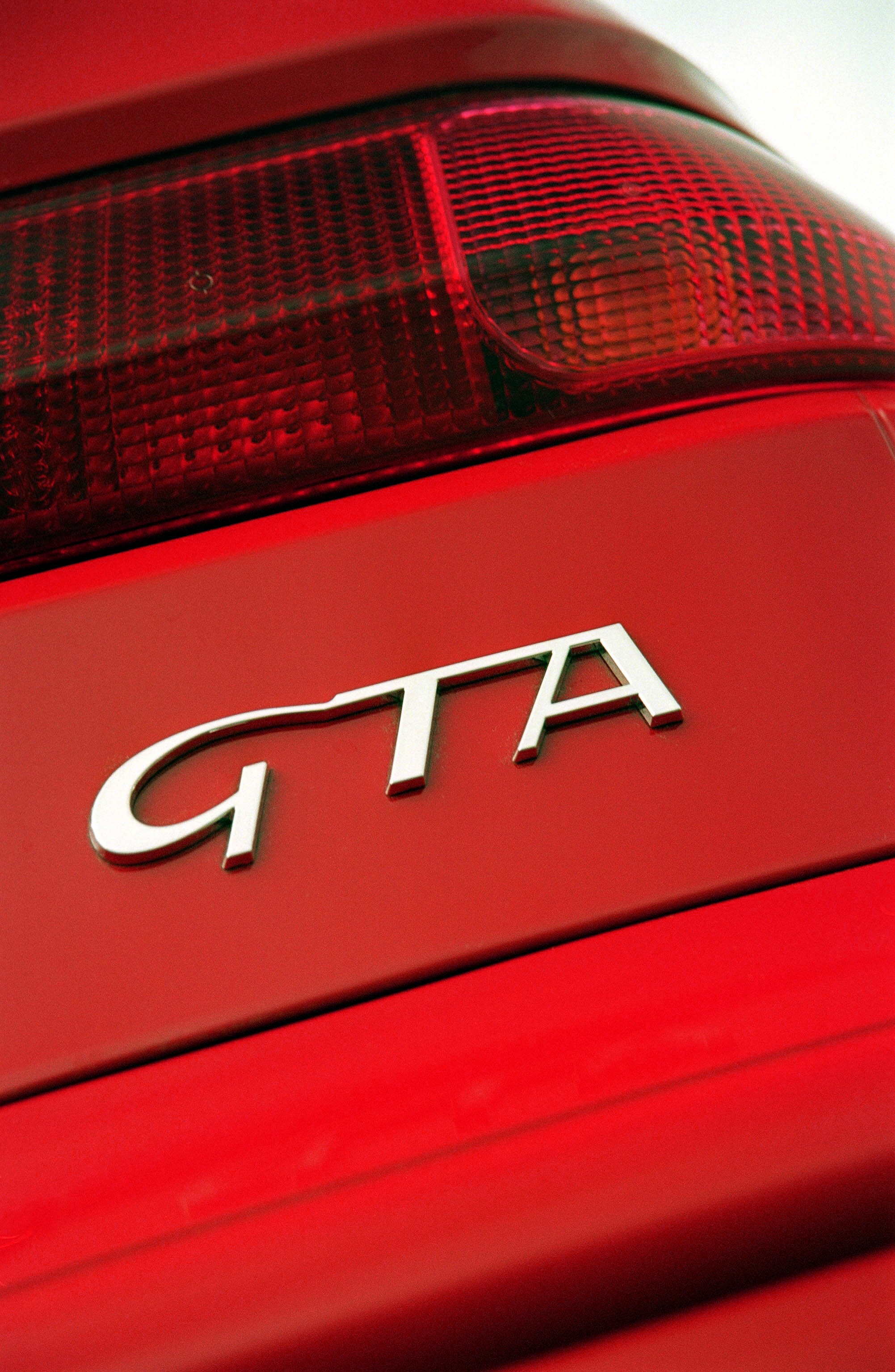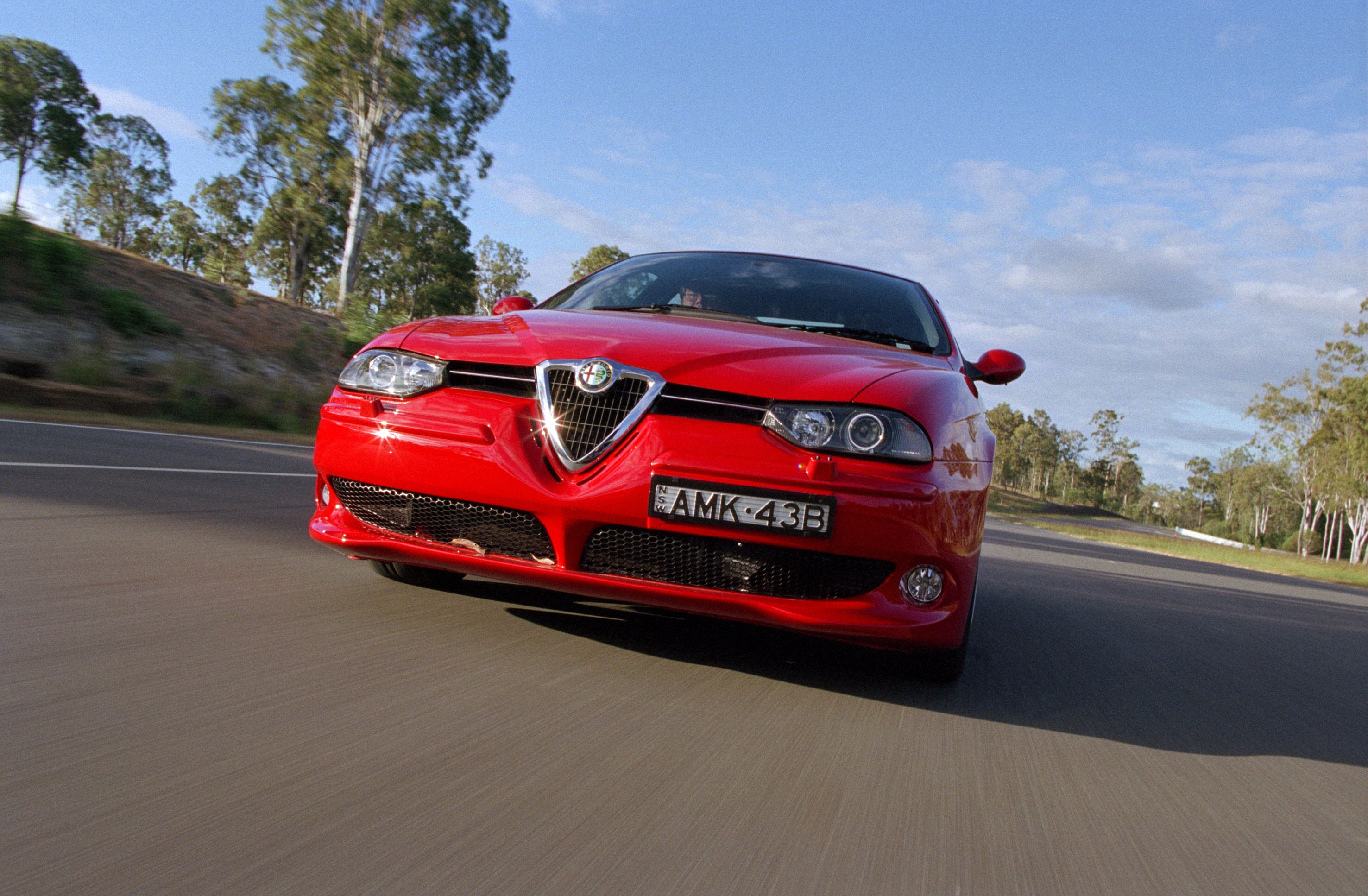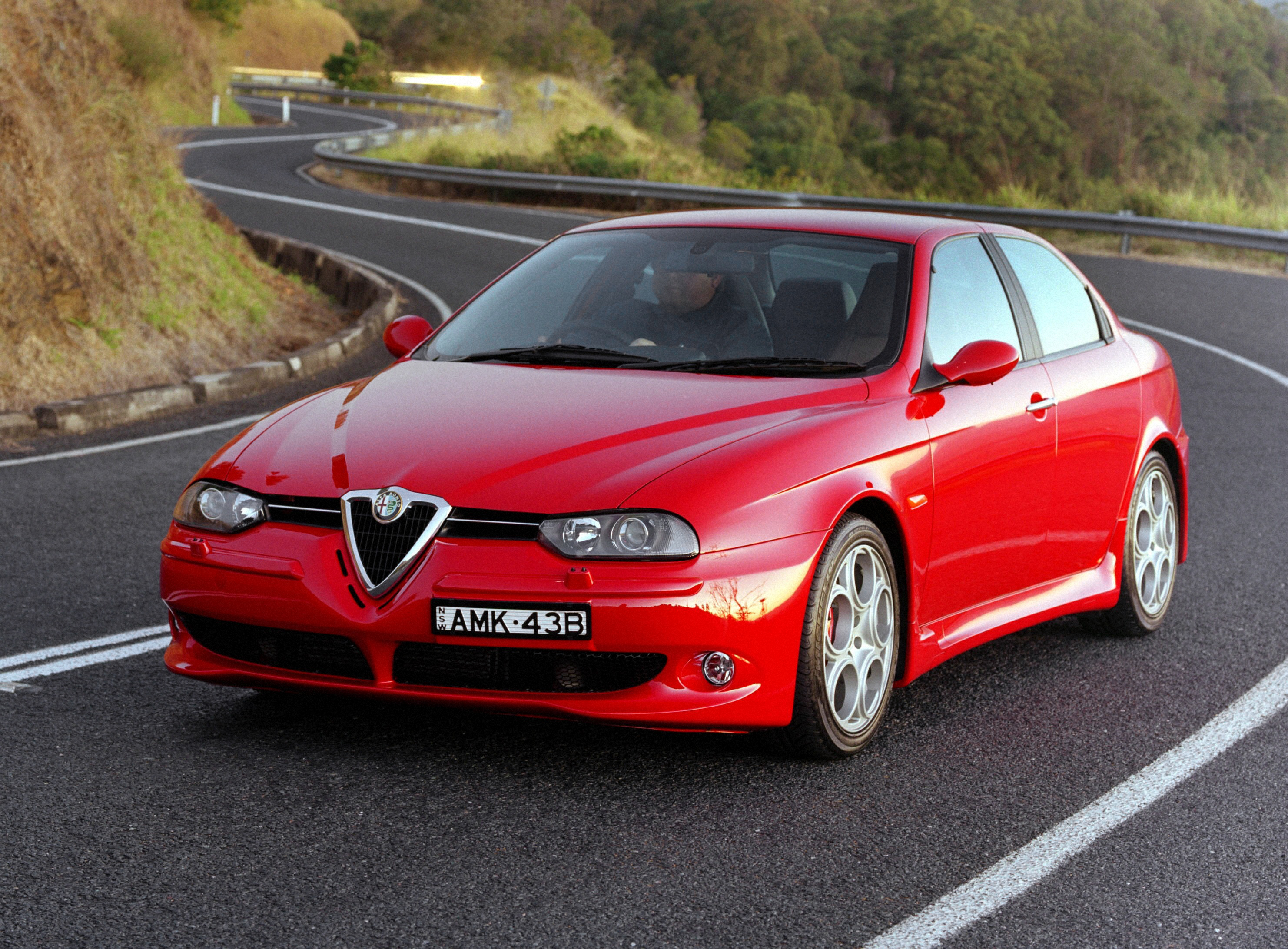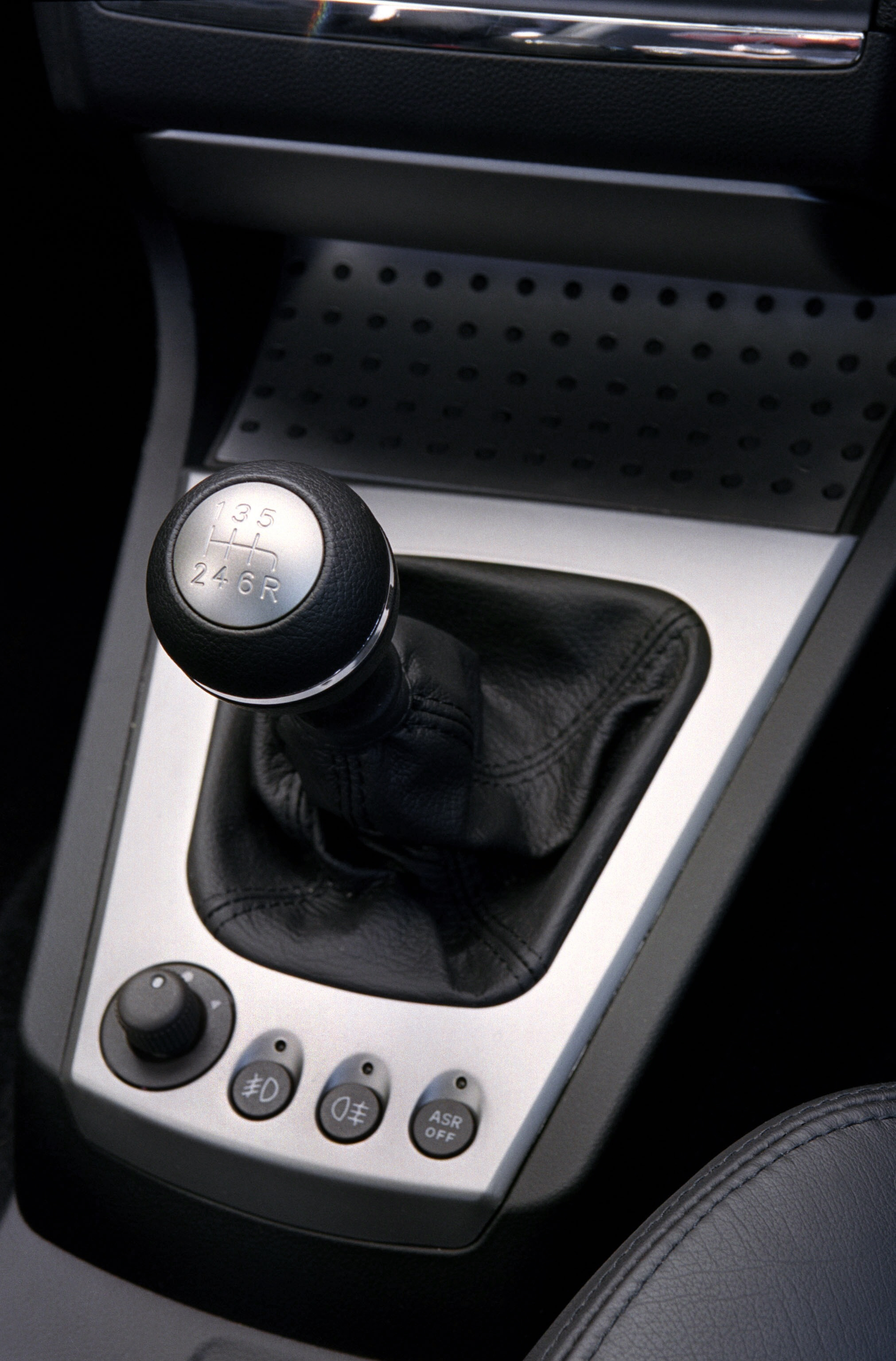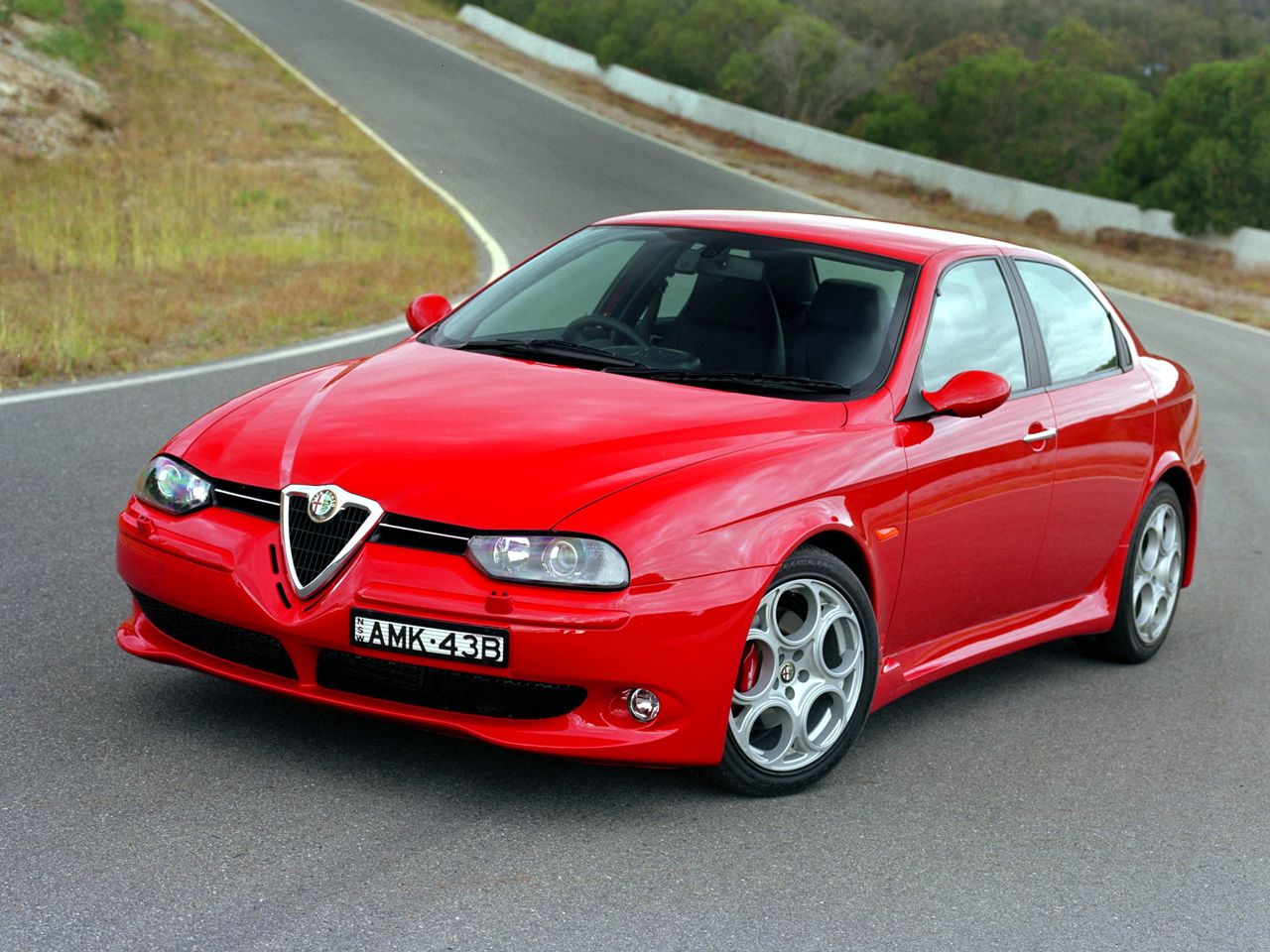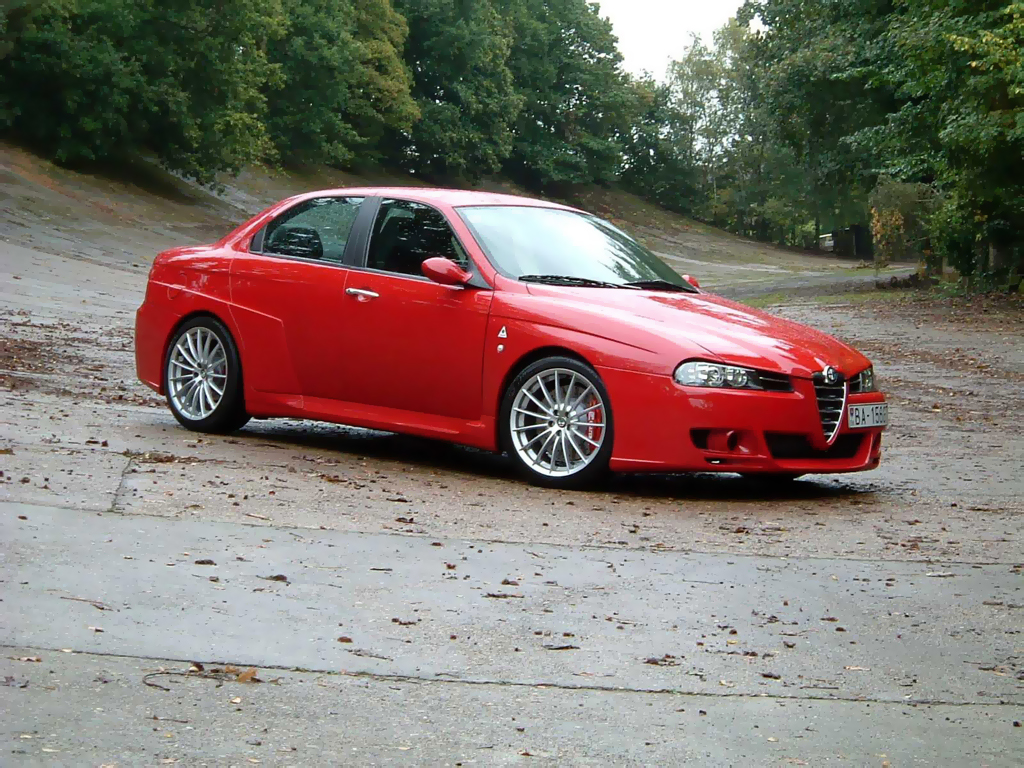
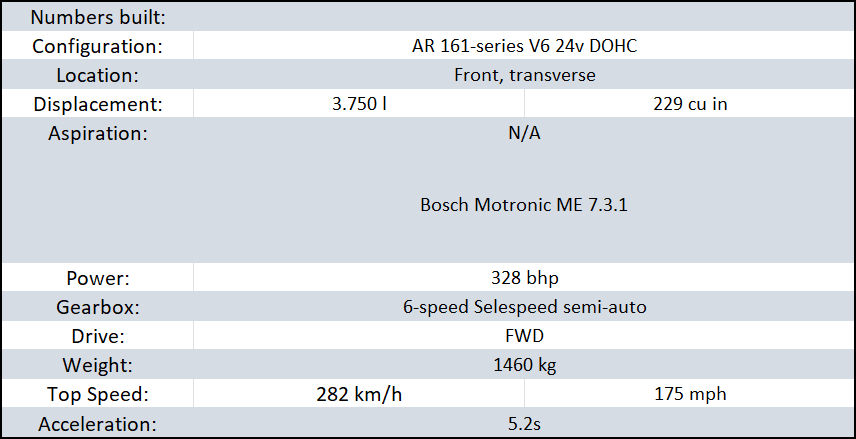
In the ’70s, Alfa was sold to Fiat and ever since, it couldn’t really define itself. They did try to return to their roots with the horizontally opposed engines, twin sparks, and transaxle V6s, but it was always a struggle. No matter what they did, they could never escape the crisis. It was like a metaphor of the Polish history. They even made effort to put some fresh thought into their Tipo platform, since 1988 in production in hundreds of thousands of units – numbers far greater even than the Golf itself. A desperate attempt to elevate it beyond the realm of Fiat’s basic offerings, giving it that hint of prestige in the form of the model 155. But it was all in vain. It never sold in quantities that could be considered a success. Quite the opposite. It was a very bumpy road for Alfa Romeo – but the problem was the brand was going in a totally wrong direction. As a brand built on sportiness, it should have taken up the challenge posed by the Germans in the form of BMW M3 and Audi’s RS models. It should have demonstrated that Italians can still stand out, stir the pot, fire emotions. Outperform the leading players.

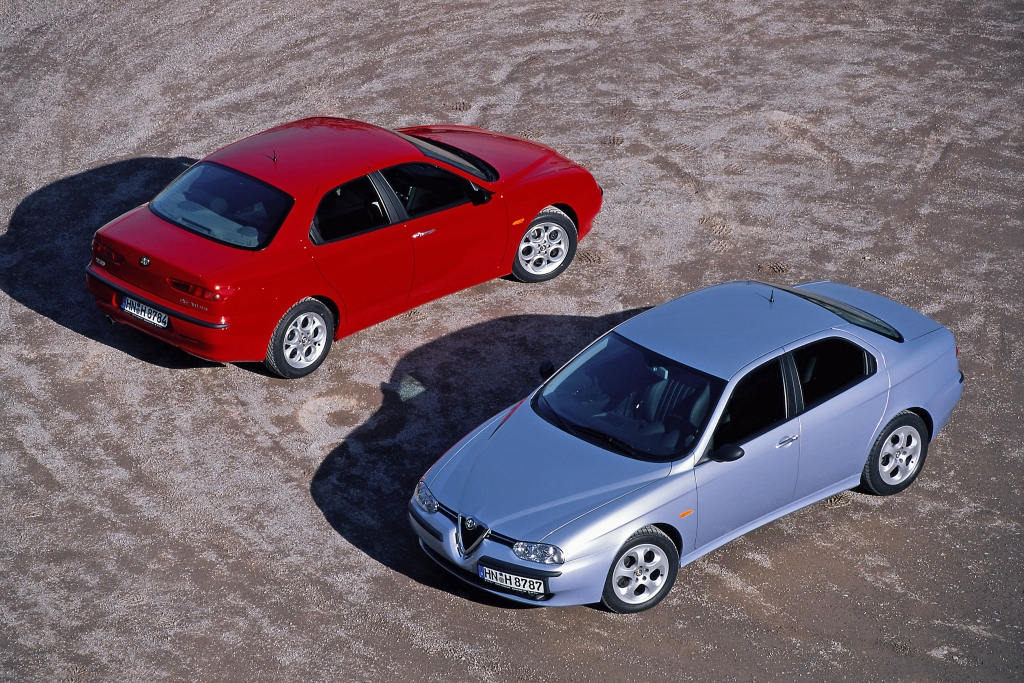
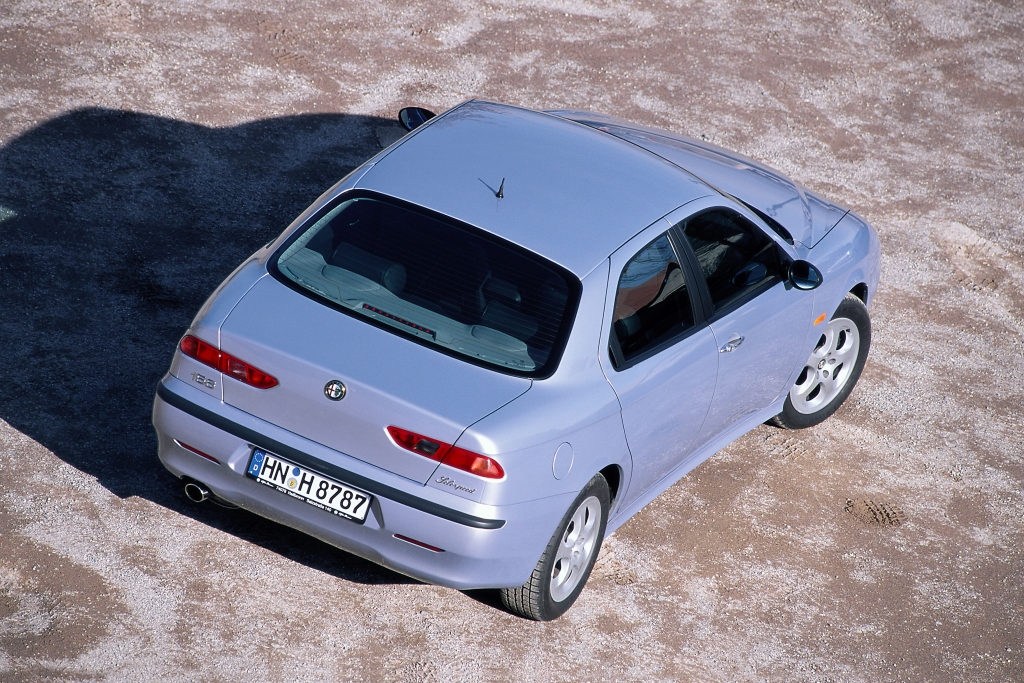
Glory to the Lord (praise His noodly appendage), someone stepped in at the right moment. The first examples of the 156 model emerged – also derived from the Tipo – but so advanced that virtually everything was better and we are essentially talking about an entirely new car. Tipo utilized suspensions based on MacPherson struts with a longitudinal arm, Alfa had double wishbones upfront – designed to match the driving dynamics of German cars’ sports variants (read: BMW M3 directly). At the rear, columns were still in place, yet Alfa subframe platform was far more sturdy than the Tipo. This setup allowed for excellent driving performance AND a superior travel comfort.
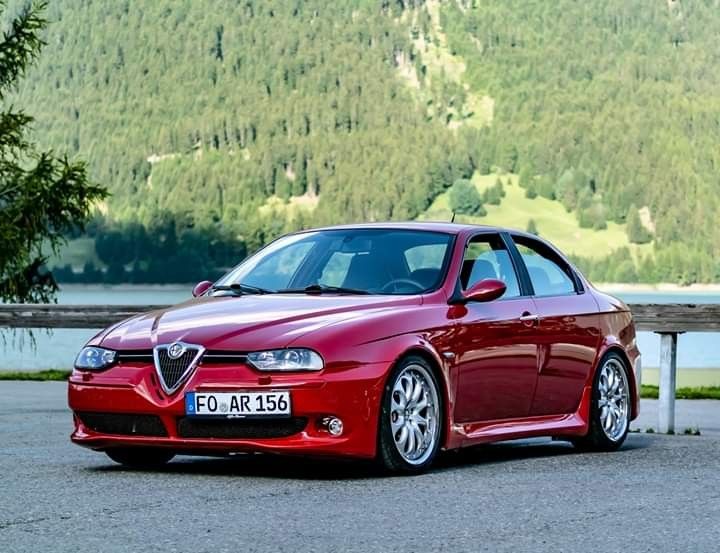
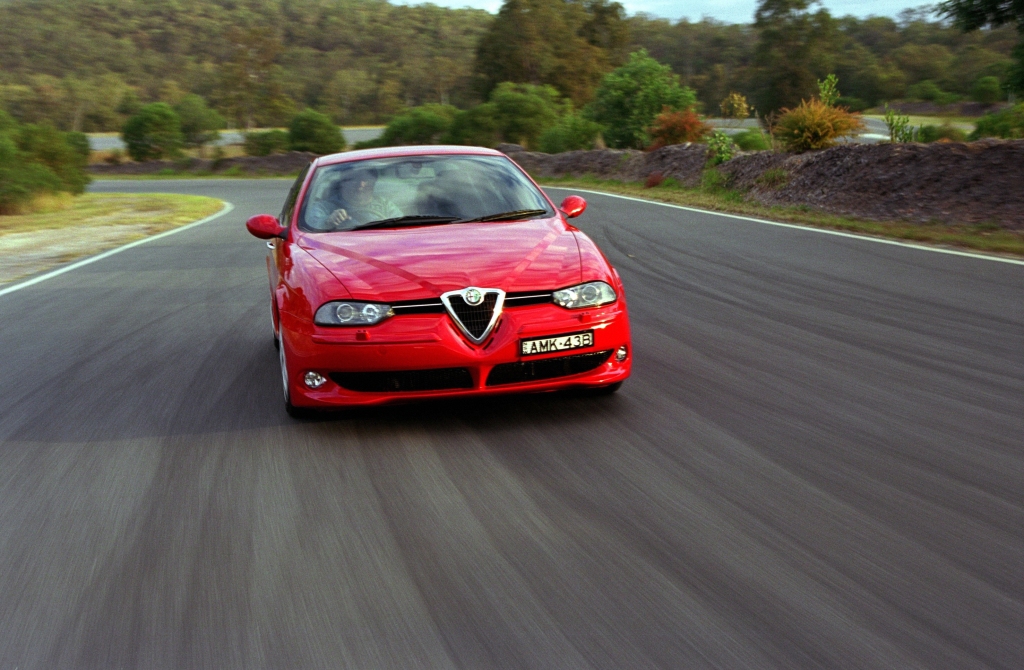
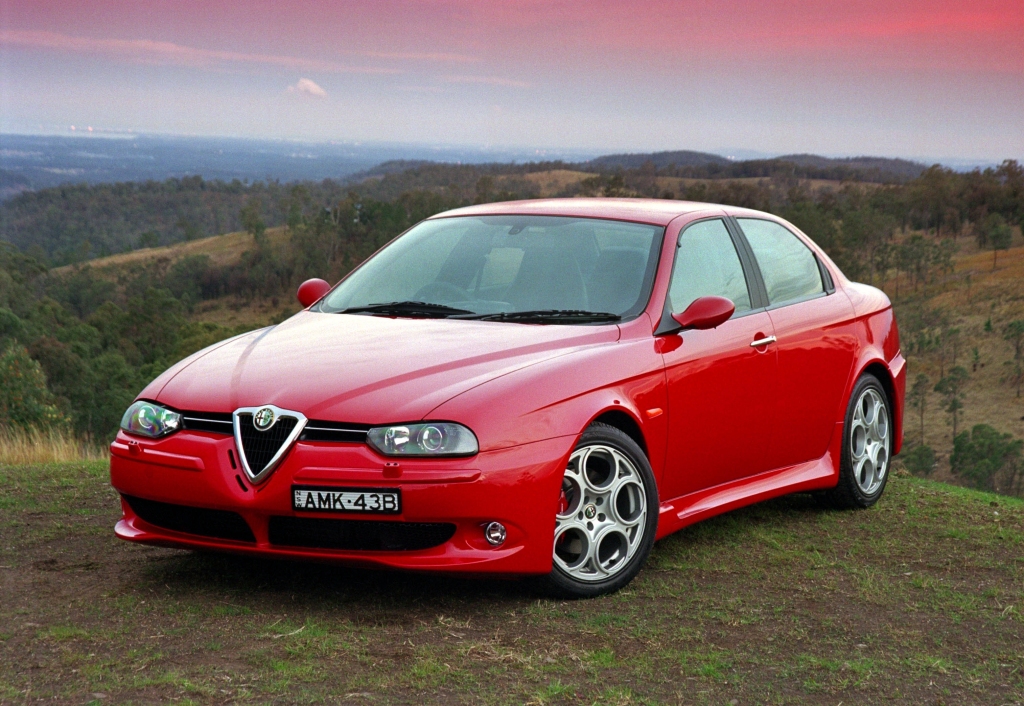
In terms of the engines, the 156 was also performing admirably. Alfa enthusiasts had a choice of the familiar 16-valve powerplants, updated with a new variable-length intake. This enhancement allowed for both increased torque and improved power delivery. Best of all, though, was the 24-valve 2.5 V6 unit. Although its architecture could be traced back to the late ’70s, every component was modernized. This engine featured a fresh cylinder head, a new intake system, a revised exhaust, and the twin-cams. All the would result in 190 horsepower, which is an output enough to provide a lot of fun behind the wheel. Even more so, when the torque kicks in at a mere 5,000 rpm. Honestly, this stood as one of the finest V6 engines in its class – distinctive in character and boasting an exhilarating sound signature.
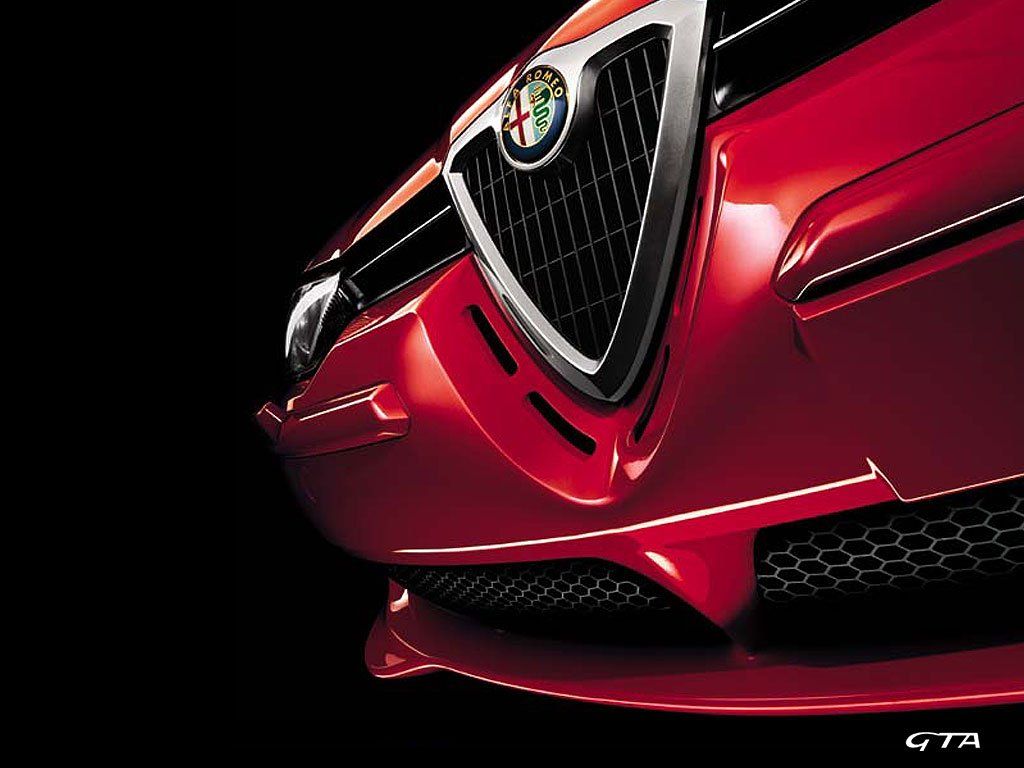


Alfa had the potential to become the best sports sedan on the market, and the Italians were damn serious about it. The 2.5 V6 was offered with a 6-speed manual, but Alfa workshops were finishing working on a real deal. The Selespeed transmission, though labeled as a semi-automatic, was essentially an automated manual gearbox. I was meaning to discuss it in more detail in a Ferrari text, but I can disclose this and that here as well. This mechanism was taken directly from the Ferrari, with its origins lead us to Formula 1. In the Ferrari workshops, this project was named „Selespeed,” and even though it made its way to the Alfa model under a different designation, the name stuck with Alfa Romeo. This type of transmissions entered their lineups for the first time in year 1999.

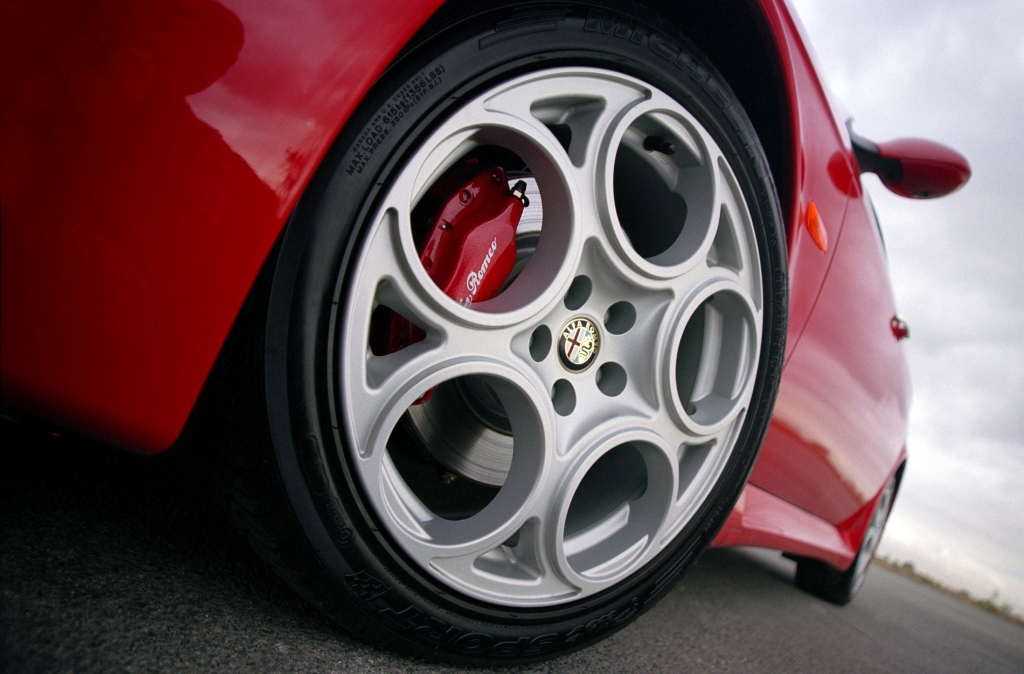
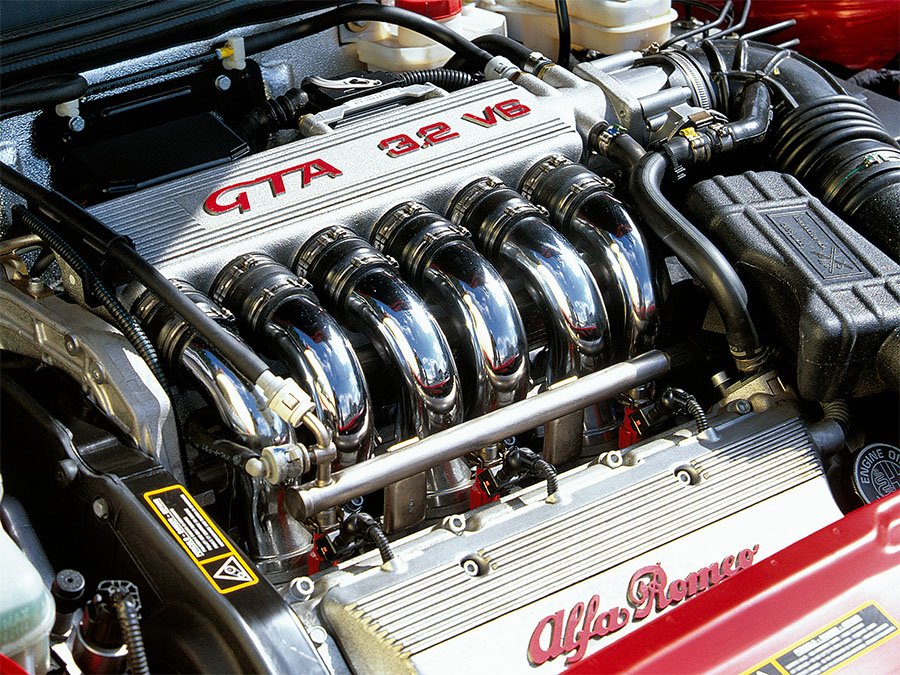
The Alfa offered more interior space compared to its rivals. Despite lagging behind the 155 model in this aspect, neither the BMW 3-Series nor the Audi A4 could ever compete with it. The interior itself boasted a sporty character, and this wasn’t just an illusion. Steering response is wonderfully quick. The car reacts precisely and communicates effectively. As a FWD, it exhibits a slight tendency towards understeer, yet with a bit of throttle input, oversteer can be easily induced. Again, this thing is with front-wheel drive! A handicap, one might say – yet it doesn’t fall far behind the popular 3-Series in its handling. And it’s significantly more comfortable – at least in comparison to other cars in the catalog. Sure, the 156 does exhibit some body roll in corners, but this doesn’t impact its handling. The engine – particularly the „Busso” – generates sounds that can be highly appreciated. These could available as a 2.5-litre V6 and a 3.2-litre as well. The latter is important specifically, as it powered the most potent examples of the GTA variant.
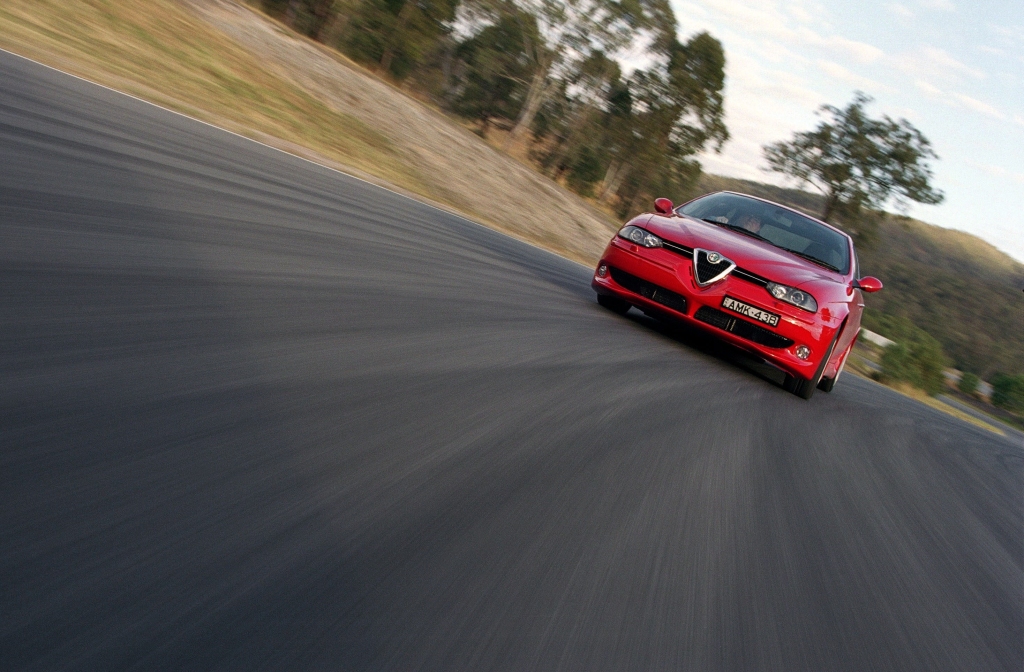

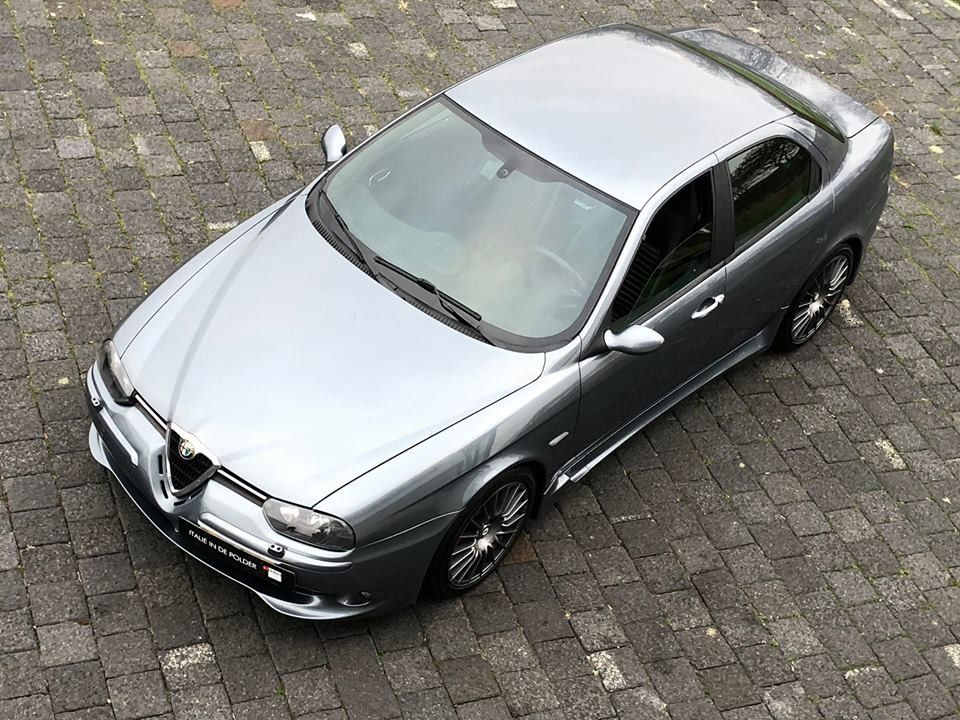
To fully understand what the 156 GTA is, we need to unlearn everything we know about automotive engineering. 250 horsepower at the front wheels, with a front-end weight bias even greater than in the large 2.5-litre – it has to affect the handling. We know this instinctively. The torque steer will be dramatic. It’s due to the excess power. Secondly, the car’s understeer will surely be a problem – tha’s due to weight distribution. Well, yes… but actually no. The Alfa Romeo made a car that handles like a BMW – some even call it the front-wheel-drive M3. There are two explanations for this: either the physics of a black hole – or magic. And this isn’t a slip of the tongue, some mistake – a misunderstanding. No. Alfa gives a similar level of driver engagement, serves you the same set of emotions a BMW can offer. And sometimes, it’s even better than the Germans.
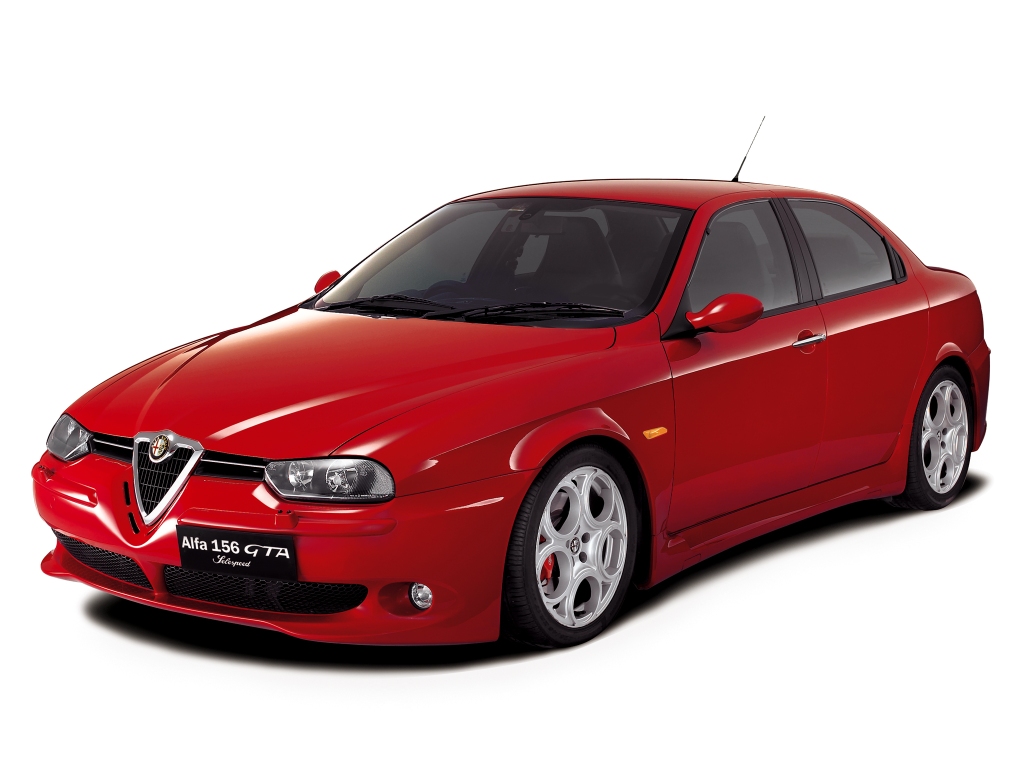
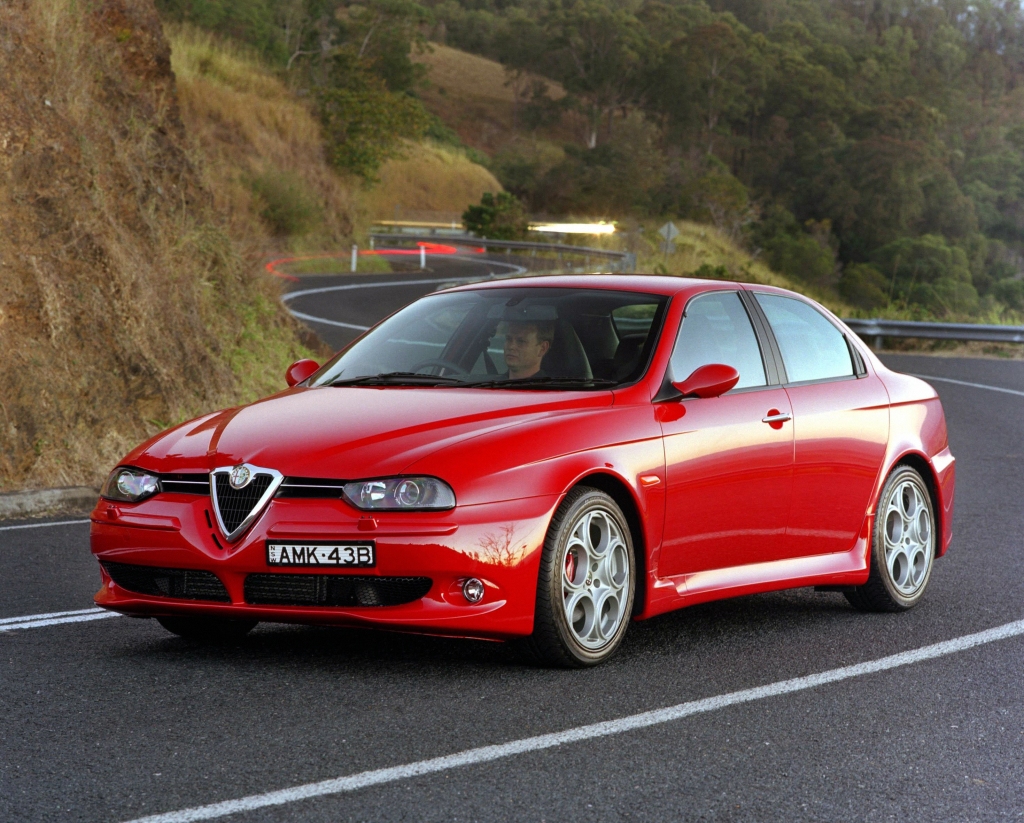
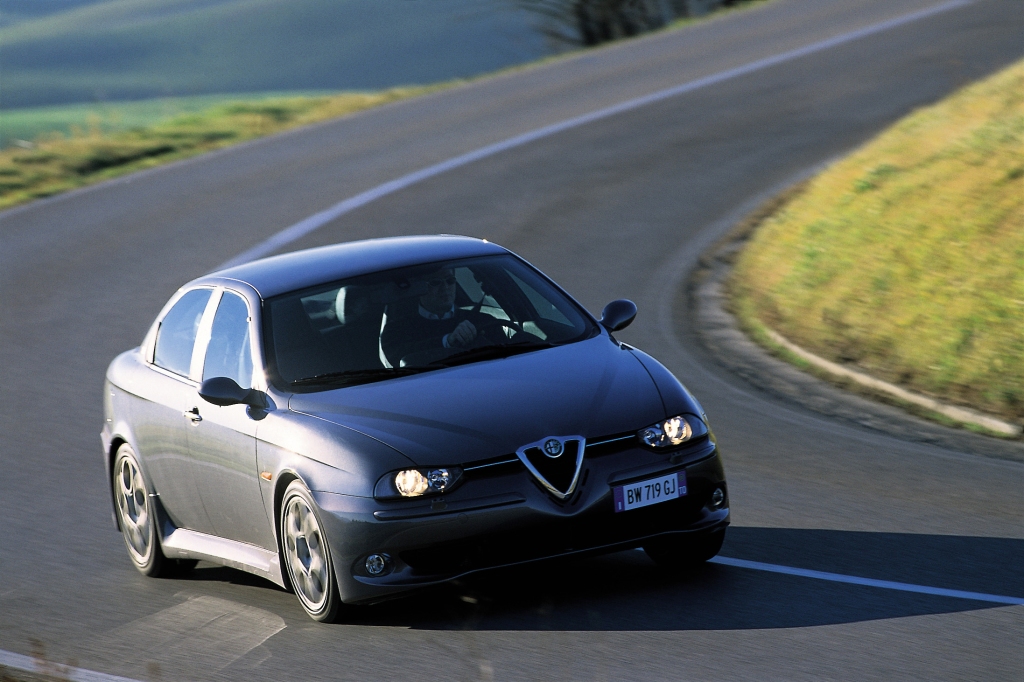
The GTA gets from 0 to 60 in 6.0 seconds – that’s worse than the M3. The German Straight Six revs high and leaves Italians behind… but the sound of the V6 is truly enchanting and its flexibility – top of the top. This defeat isn’t bitter at all. Not a thing to be ashamed of. It draws power from a 3.2-liter engine with a high compression ratio. No plastic covers there – it was a work of art and just as such it was displayed. The camshaft cover was made of light alloy. All chrome intake was phenomenal. It was just perfect. It looks perfect. It sounds perfect – and delivers 250 bhp.
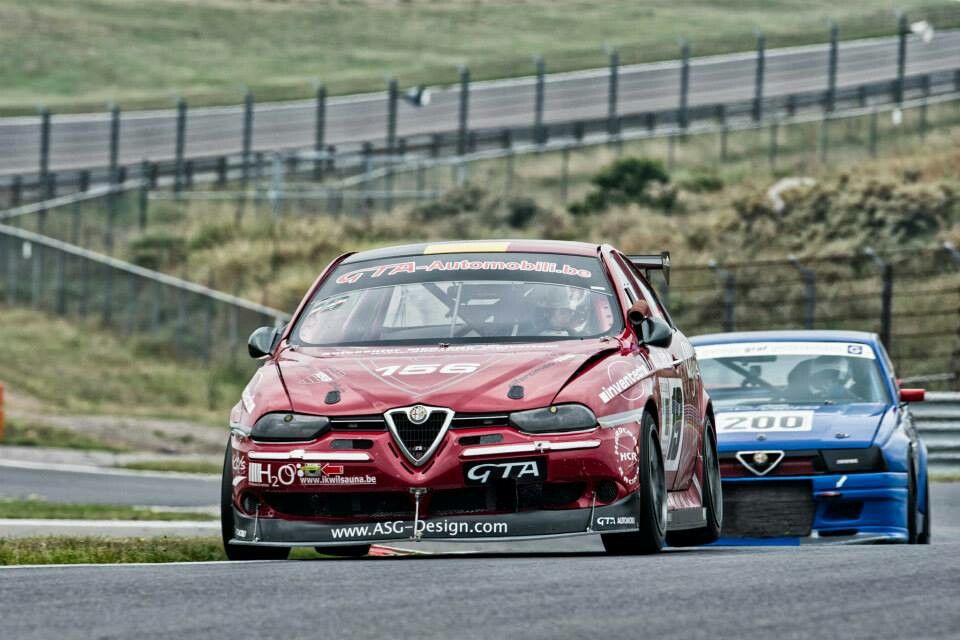
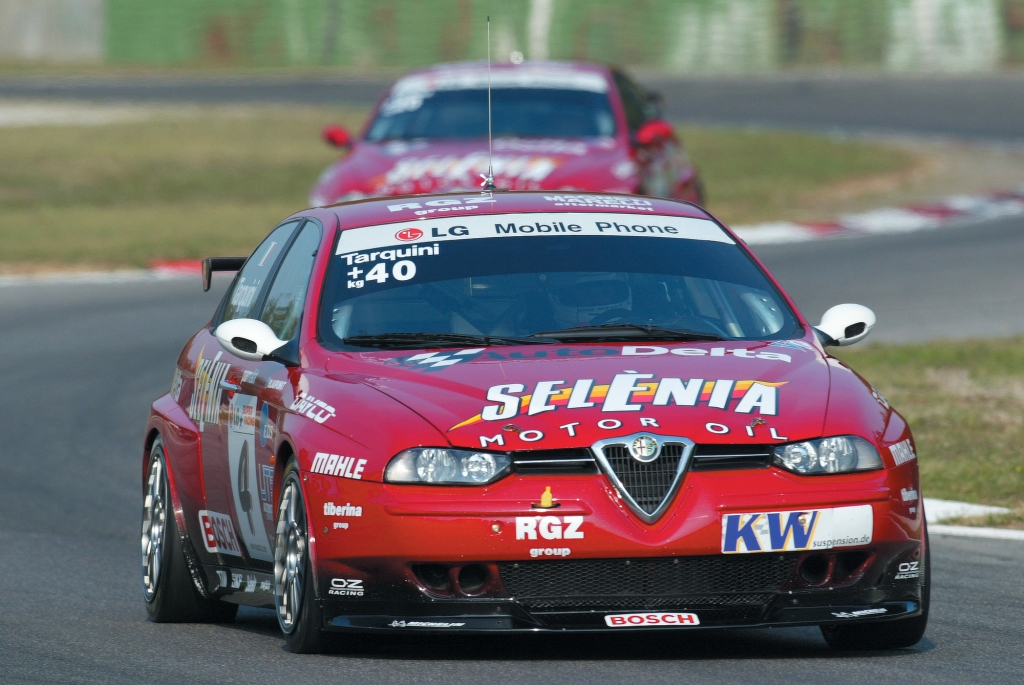
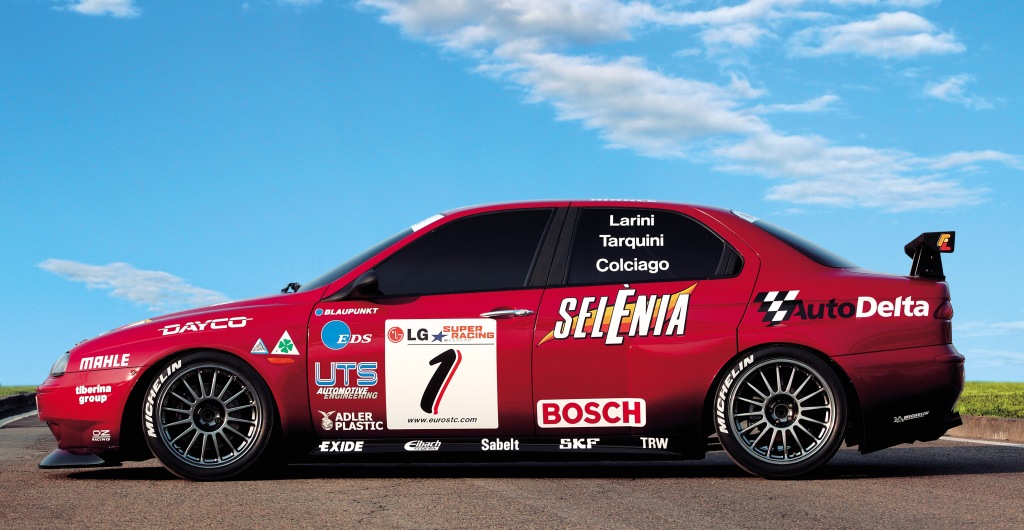
The interior of the Alfa GTA was derived from the base 156 versions, but they added a sense of quality to it. The three-spoke steering wheel, just like one in the 147 model, was finished with soft plastics. It did look attractive. The leather and chrome details added to the sporty character. The seats looked as if they were taken straight from some sort of entry-level Ferrari. Sports buckets – comfortable and with good lateral support. In terms of power delivery, it might not be as aggressive as its German rival, but the Alfa increases power progressively and confidently revs up to the top of the RPMs. It encourages faster driving, especially as the engine feels better with increasing revolutions. The 6-speed performs brilliantly, and even the Selespeed will not disappoint. We could expect as much – it is an Alfa after all… but to make a FWD, push it into the 250+bhp territory and compete on equal terms with the best – well… that’s a first. That is because of the chassis. The 156 is a good platform to work with, with double wishbones at the front, but merely stiffening the suspension might not have been enough for the GTA. The Italians had to think out of the box. The geometry was changed. Improved increasing the tire contact area with the asphalt when taking fast corners. Front suspension links were reinforced to handle greater power. Everything was strengthened, stiffened and lowered for better stability. The braces were now thicker. Traction control – reprogrammed to intervene less aggressively. The car was stopped with a set of Brembo performance brakes and stability control ensured control of its stability.
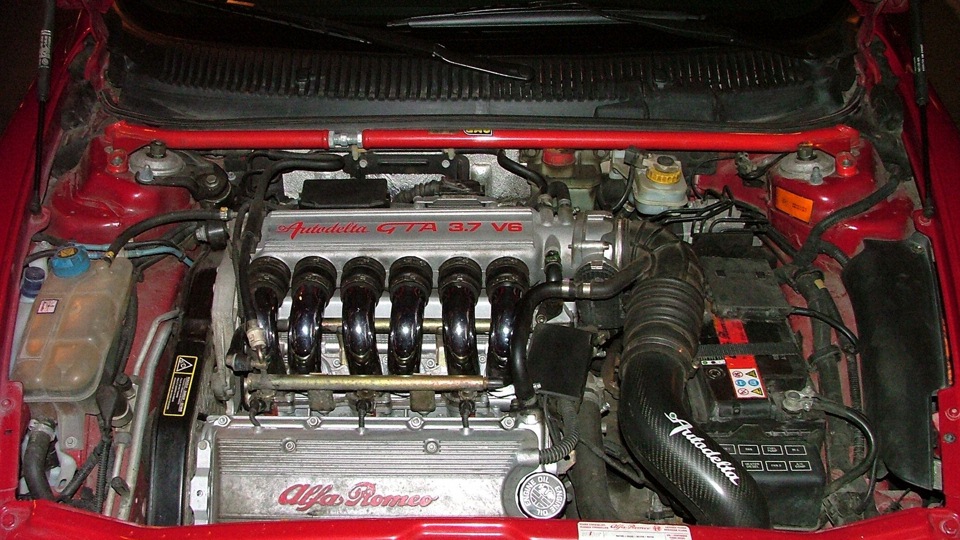
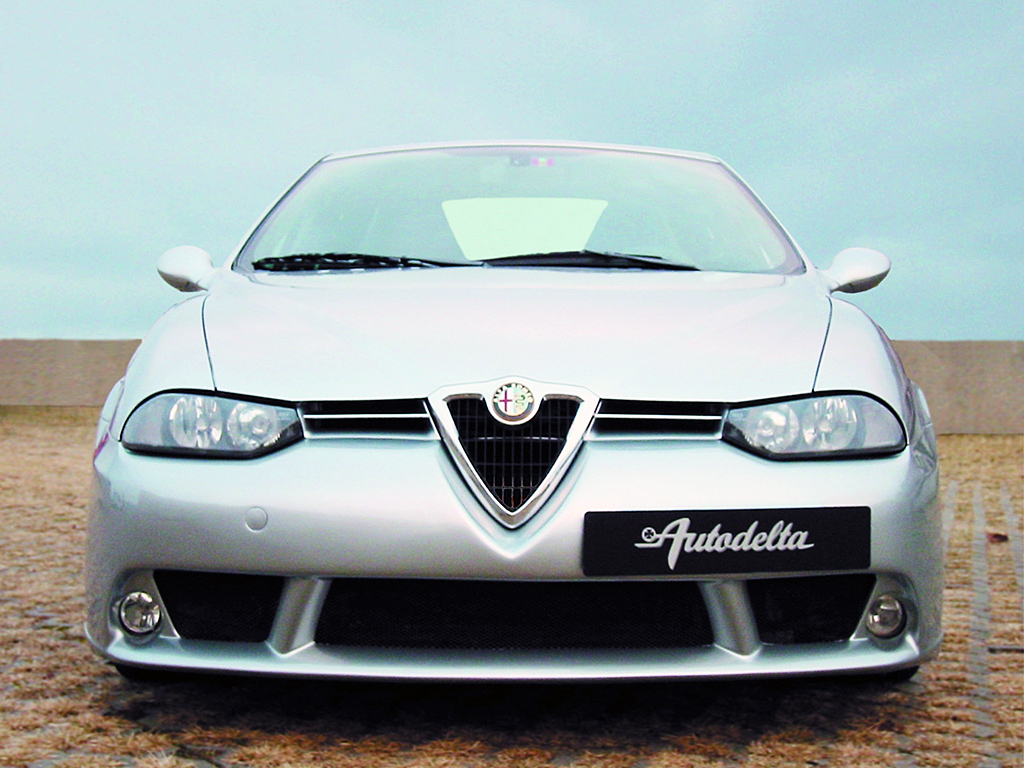
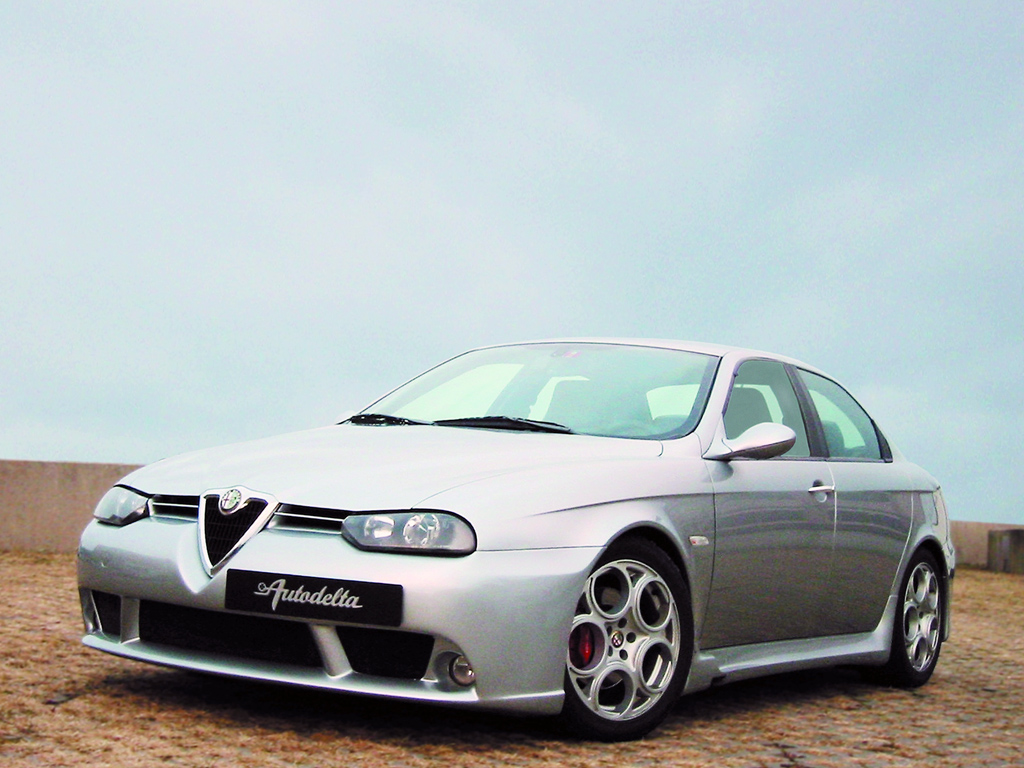
This car delivers. The suspension design consistently provides traction, and the car doesn’t push its front end wide in fast corners like it normally does with this type layout. The GTA is not like all the rest. No horror of understeer. The wheels always stay glued to the road and lead you precisely where you intend. It doesn’t suffer from torque steer. It handles very instinctively, and… even better than the BMW. Here – I said it. The steering response is lightning-fast and precise. More – it’s one of the few cars that can be controlled just by dosing throttle and nothing else. Easing off the gas in the middle of a corner introduces the car to easily manageable oversteer! Oversteer! Front wheel drive! Truth be told, the Alfa handles more like a Lancer Evo, rather than the M3. BMW focuses on performance and track driving, while the GTA works hard to deliver emotions and pure fun. Like every Alfa, you buy it with your heart. And this model hits the heart just right.
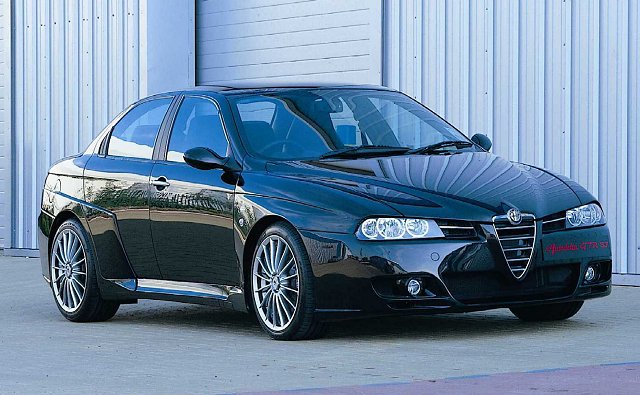
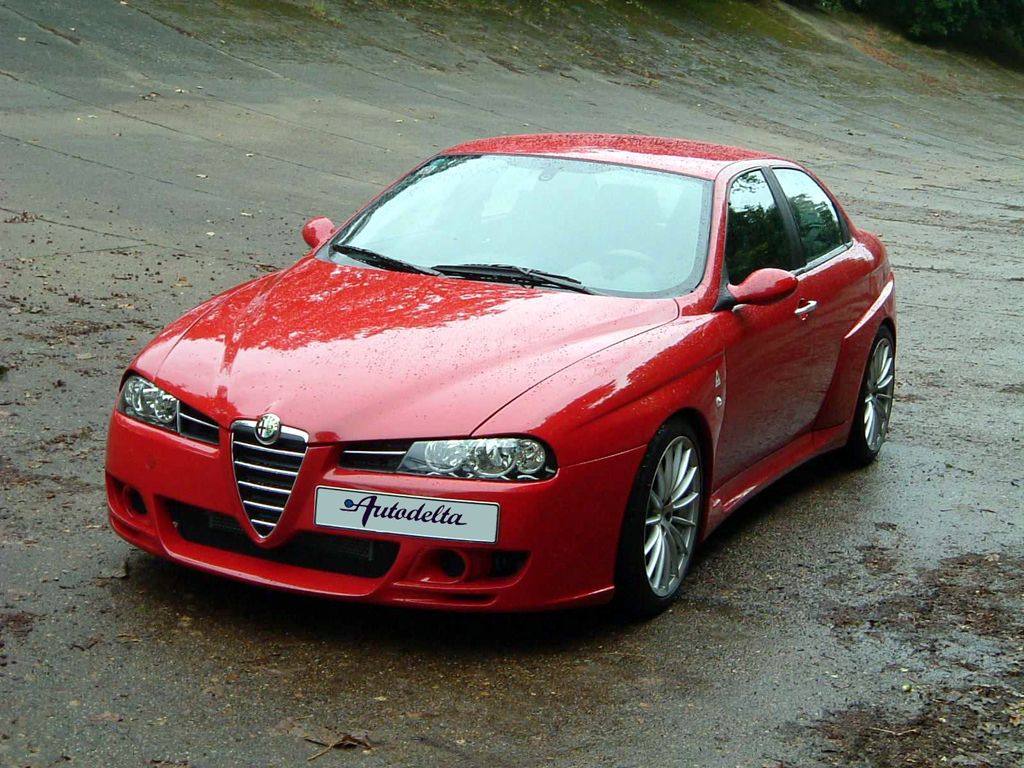
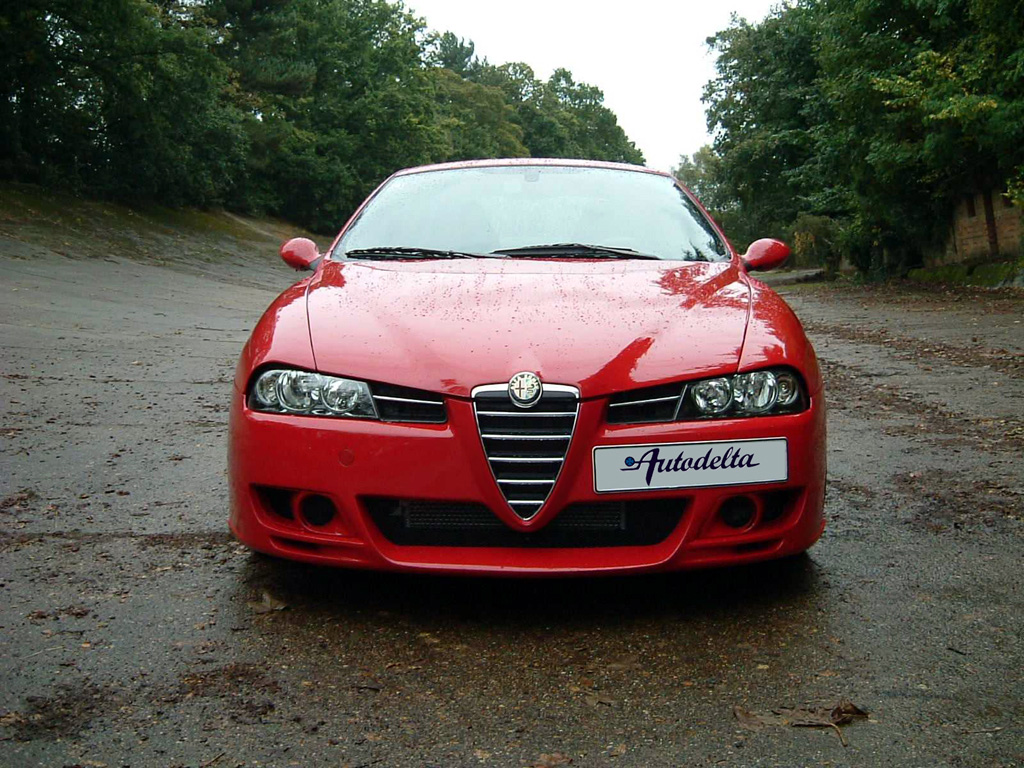
Automotive enthusiasts often consider rear-wheel drive as sacrosanct, something not to be deviated from. Alfa dared to commit such heresy, but they had the right cards up their sleeves to make it work. Their 156 had successful styling, was well-made, offered excellent performance level, and as a result – it was very well received. The Car of the Year 1998. Great Champion of the EETC: first with the D2 variant and later the GTA Super 2000 twice in a row. We have to agree then, BMWs had a worthy opponent – and exactly BMW, as it was their turf!
… and it was just a beginning.
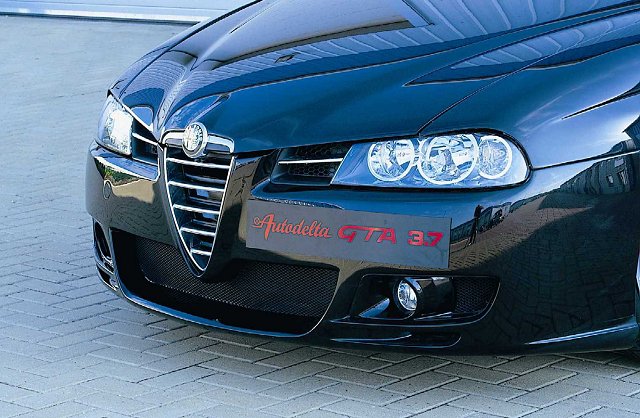
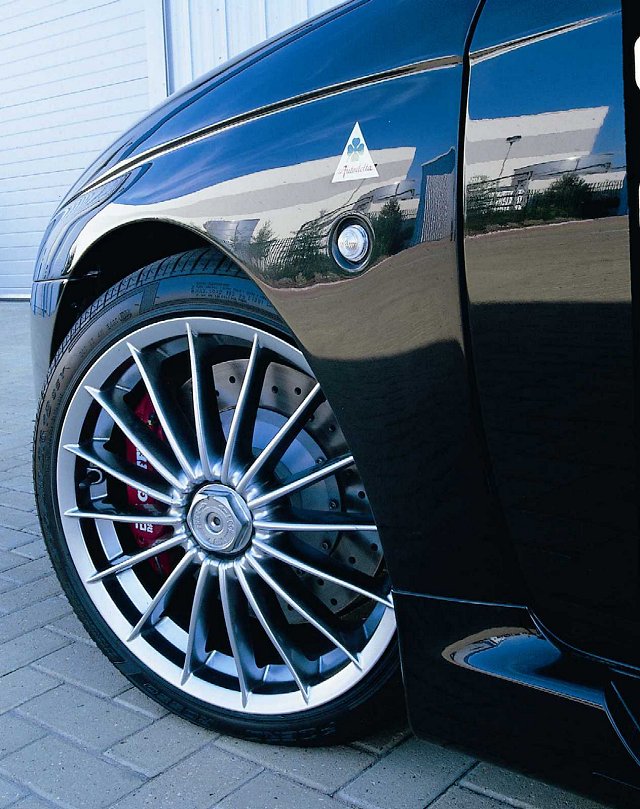
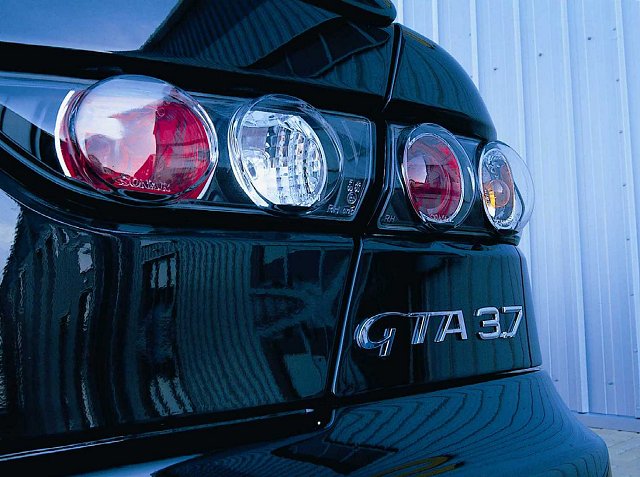
Let’s start with the fact that there are two Autodeltas. My point is not about who was here first, and who copies from whom because, in the end, we all copy from the best – and the whole idea is to continue the great work that someone started, but that has long been forgotten. Alfa Romeo, as a brand, has always had sportiness in its blood. Until the 1930s, it competed the pinnacle of motorsport in Scuderia Ferrari colors. Ferrari was replaced by Alfa Corse in the early 1940s. In the 1960s, Autodelta became Alfa Romeo’s official sports division. A lot was happening there, and many magnificent creations emerged under their banner, which I’ll probably talk about sooner or later – but let’s stay on track… Autodelta was found and, like everything else, its time eventually passed. In London in 1987, a team of engineers led by Jano Djelalian, formed a group – and they adopted the name Autodelta. As a bunch of tuners, they made modifications to Alfa Romeo models in the spirit of the original Italian Autodelta. They also provided complete conversions with a distinctly wild character. Let’s be frank – they were sick to the head. I mean in a good way.
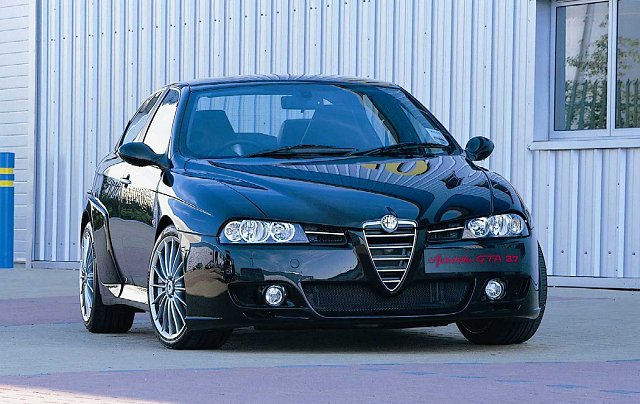
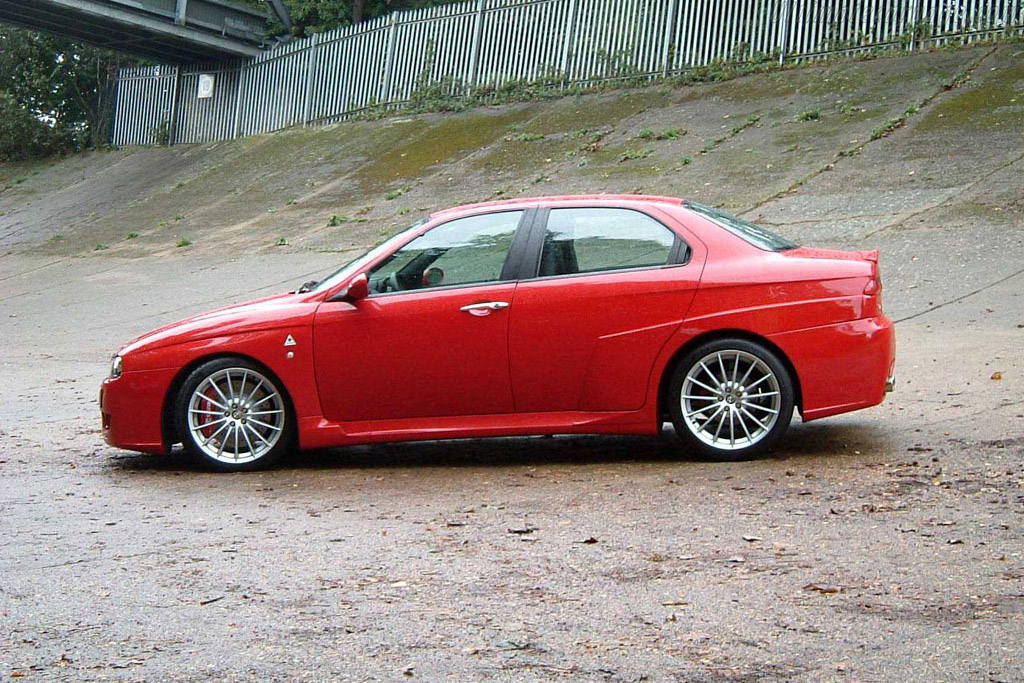
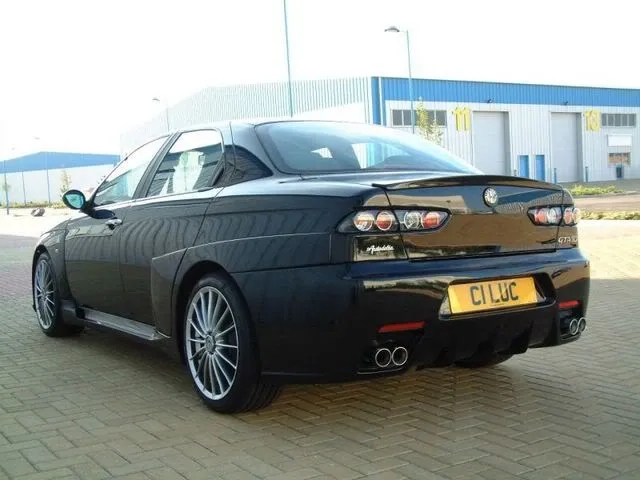
The top of the line Alfa Romeo 156 GTA, was available in their catalogue in the forms of a GTA, GTA AM, and the GTA AM Super. First and foremost, the engine was bored out to make 3.750-litres. Then, the camshaft was replaced for better, and the throttle body was changed to one straight from a Ferrari. Pistons – lightened and balanced. Injection system reprogrammed – along with the entire electronic shit so it would work better with the Selespeed. This allowed for 330 horsepower in the GTA variant, resulting in an acceleration time of around 5.2 seconds, but you could also attach a Rotrex C38 supercharger, replace the injectors, and add an efficient intercooler under the hood of the GTA AM Super generating 400 horsepower and sprinting from 0 to 60 in less than 5 seconds. To handle such power, suspension modifications were necessary. Practically all springs were replaced with bespoke new design. A limited-slip differential was added to the front axle – something a regular Alfa never had. This is probably the ultimate version of the 156. The Brits reached the limit that this platform could possibly offer.
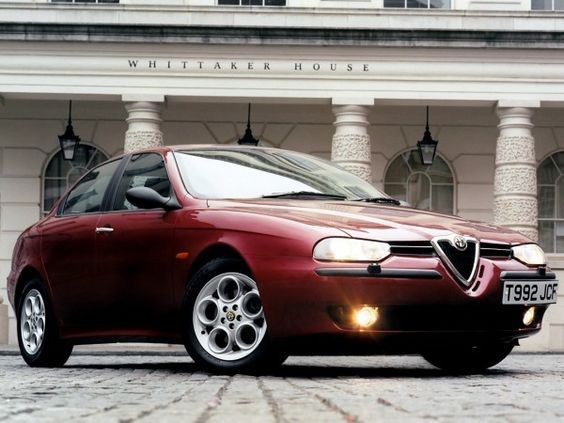
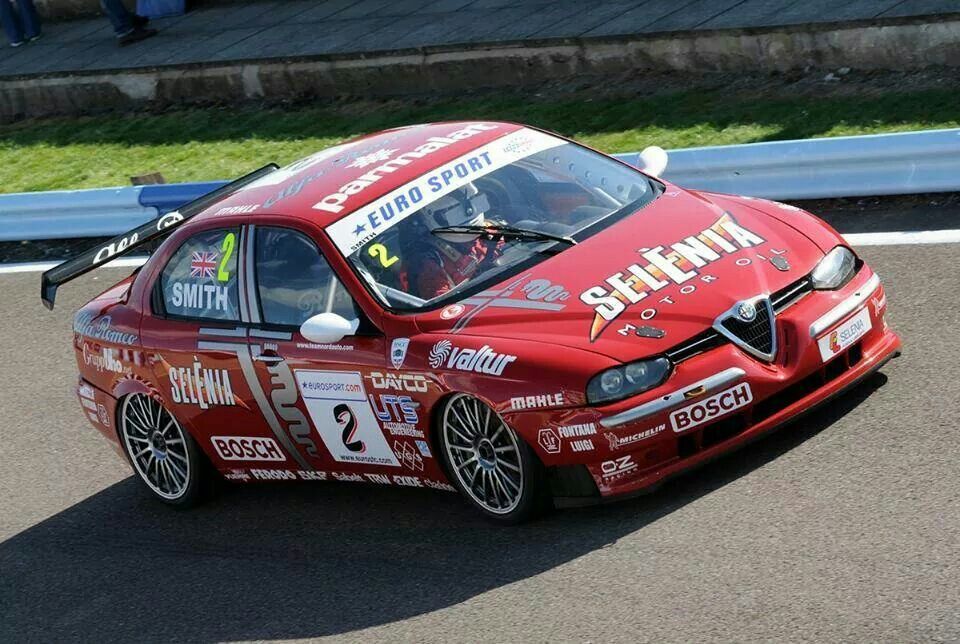
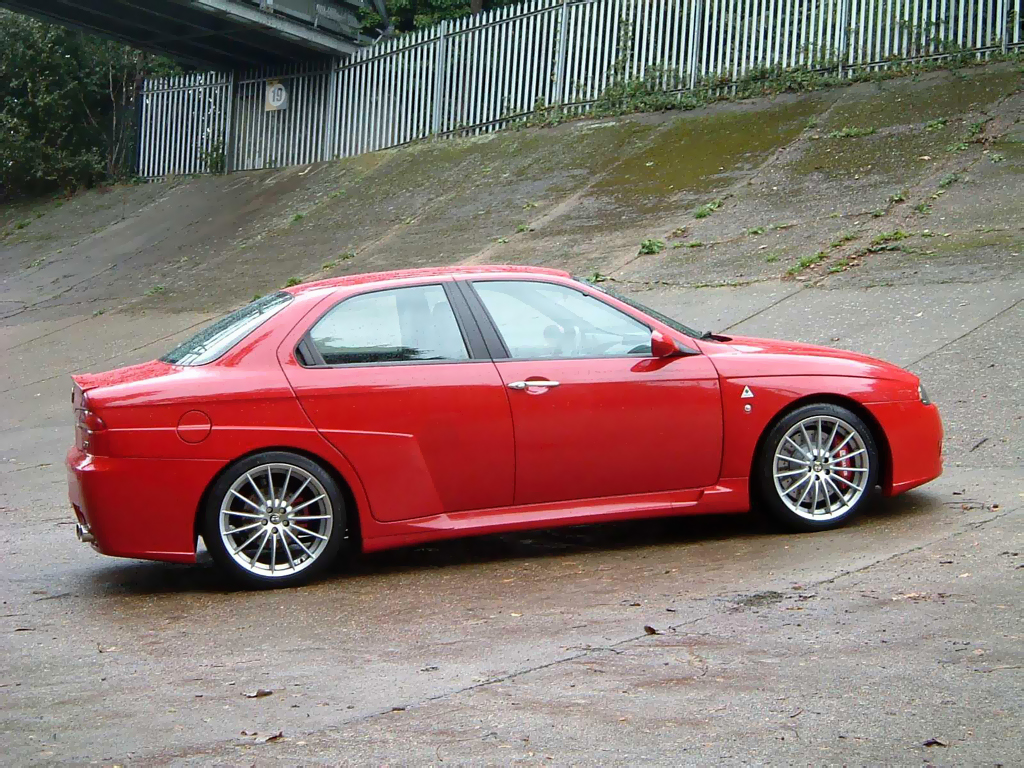
The Autodelta GTA demonstrates just how much can be achieved with the simple Fiat Tipo platform. In homage to the sporty Alfas of the past, an extreme car was made. The Autodelta is a heavily tuned sedan, but it’s still a road car, comfortable and practical, just as the Italians originally intended it to be. The 156 GTA model achieved two remarkable feats. Firstly, it pulled the entire brand out of the slump it had been in for many years. And secondly, it maximized the potential of the old platform and showed that it could even compete with models that, during all those years when Alfa was in the shadows, had been setting the standards. That’s why it’s one of the most important models in the modern Alfa Romeo history.
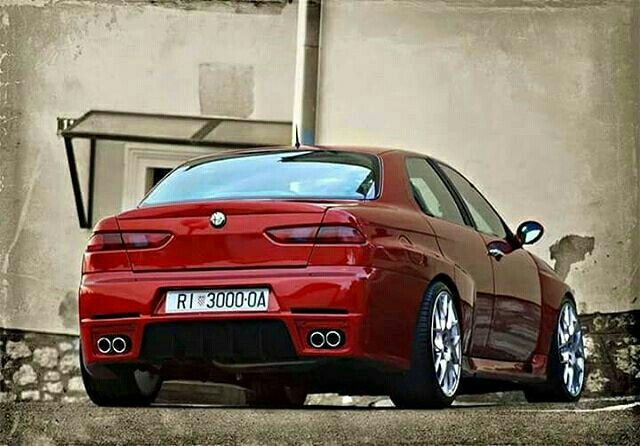
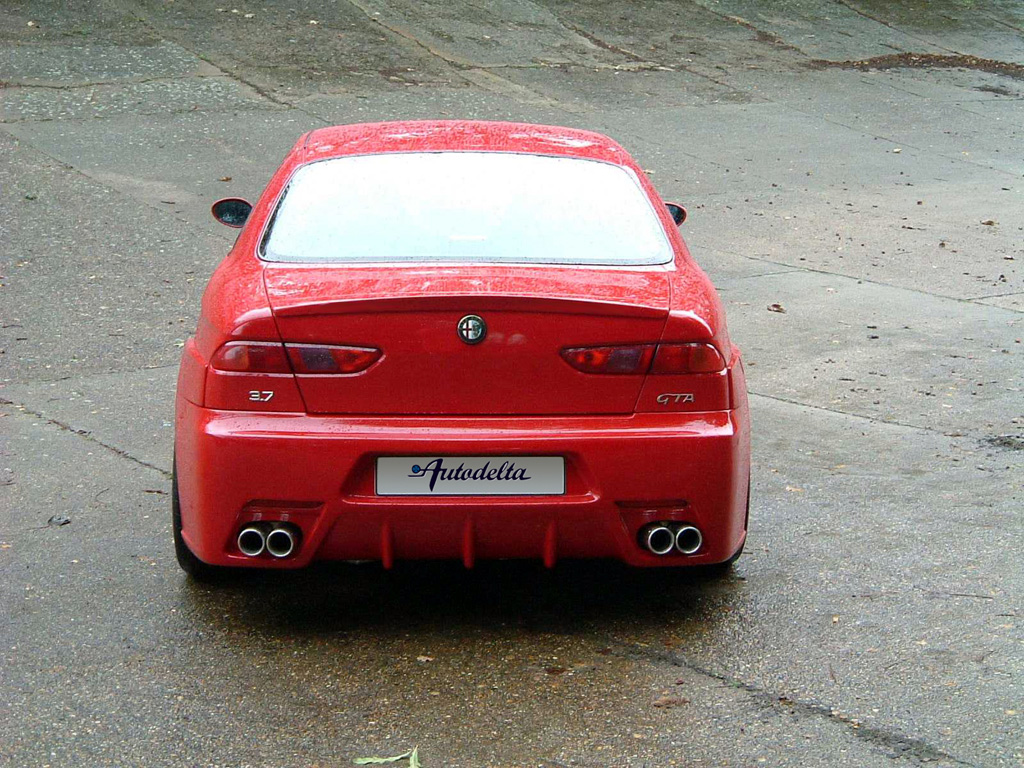

Krzysztof Wilk
All sources: autozine.org | supercarnostalgia.com | wikipedia.org | autodelta.co.uk | carenthusiast.com | italiaspeed.com | wheelsage.org | historics.co.uk | drive2.ru | autoblog.nl | alfaowner.com | ultimatecarpage.com
